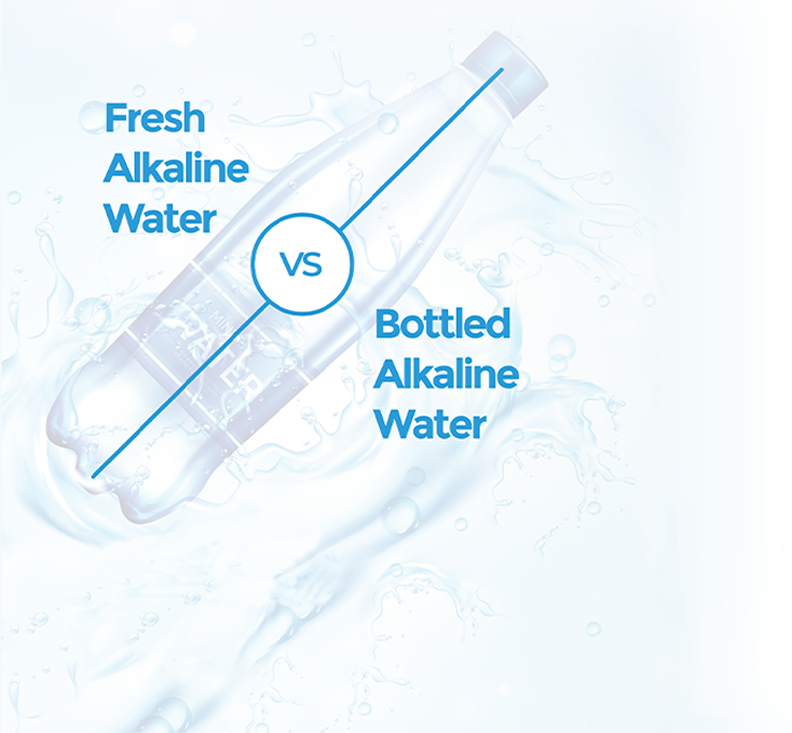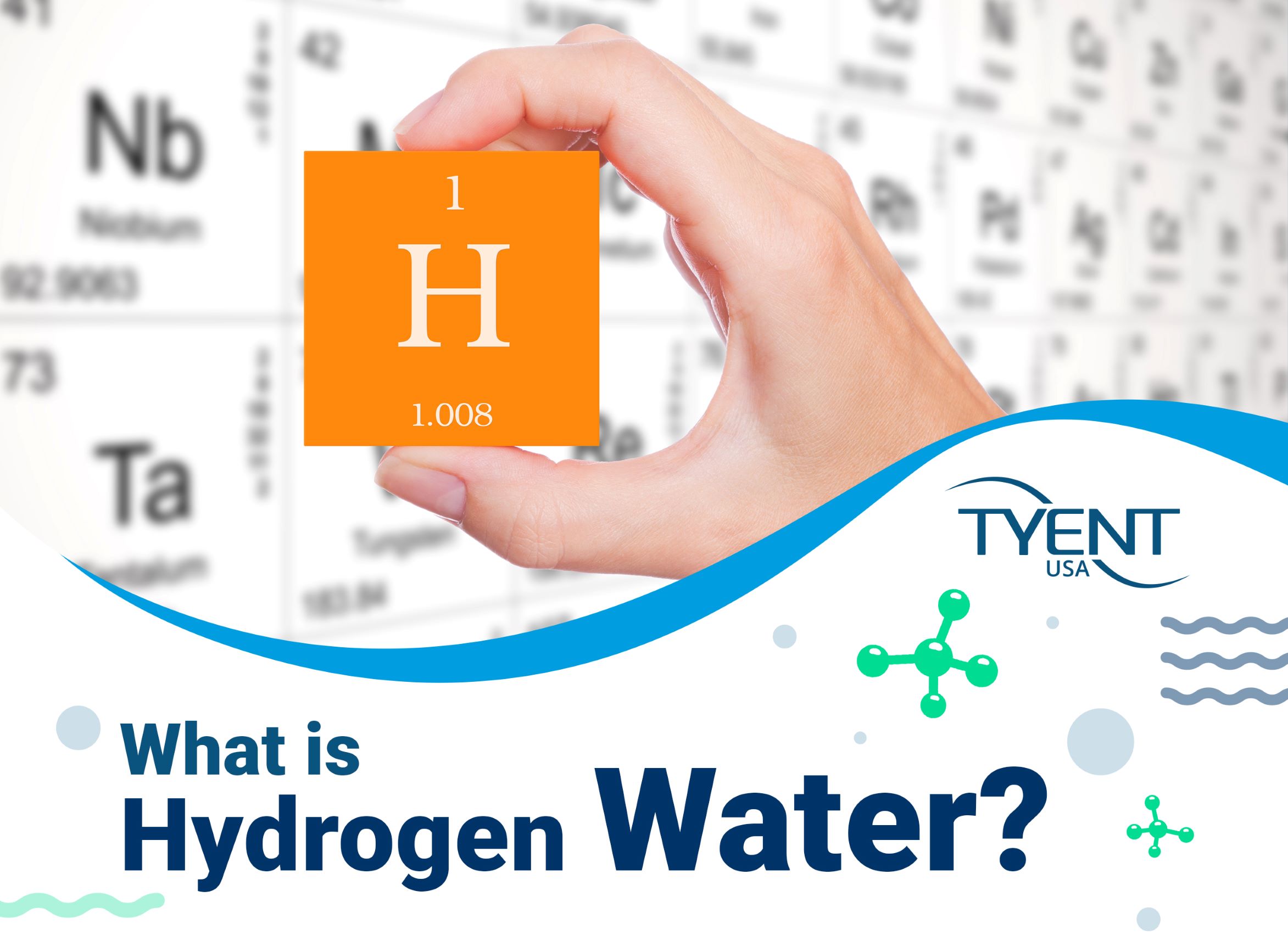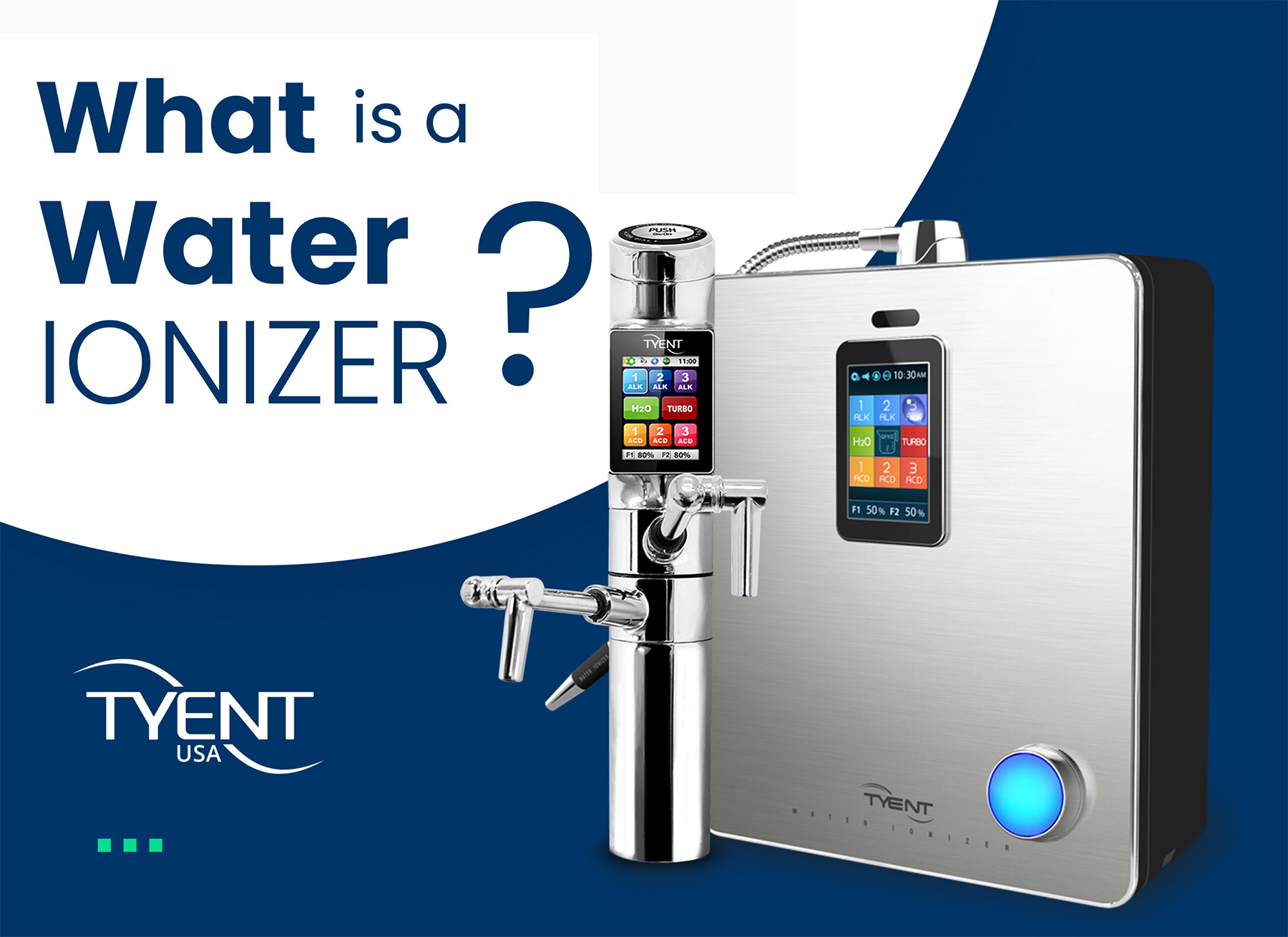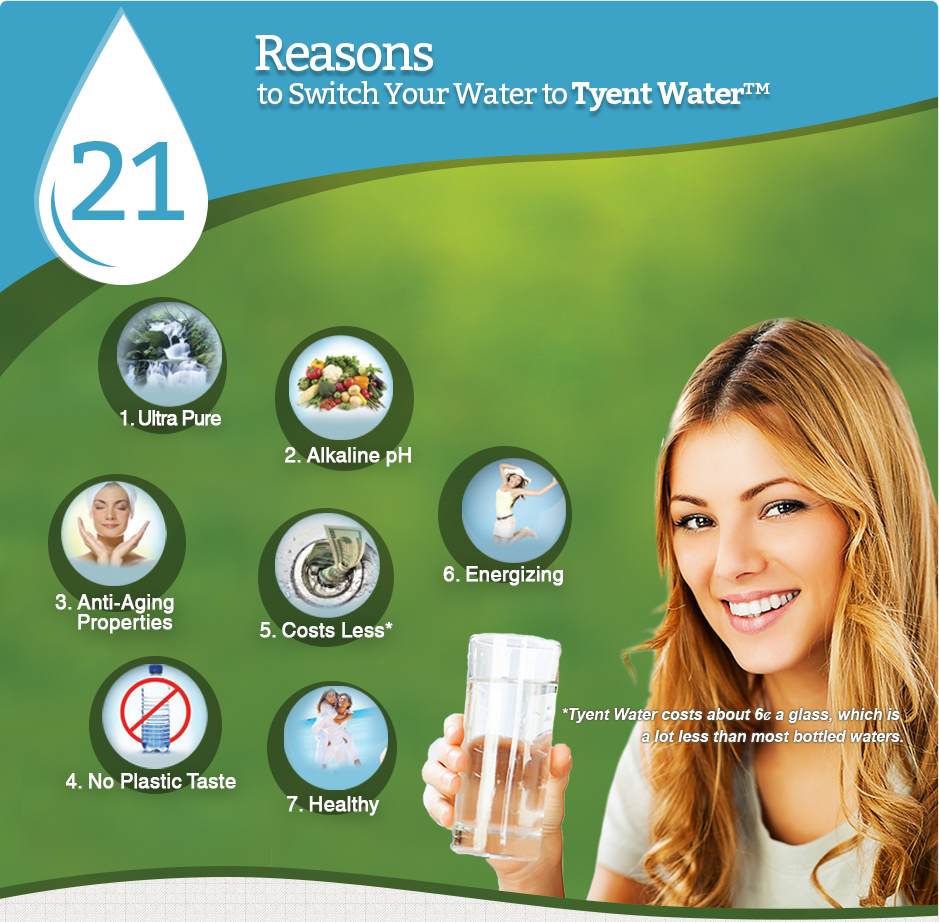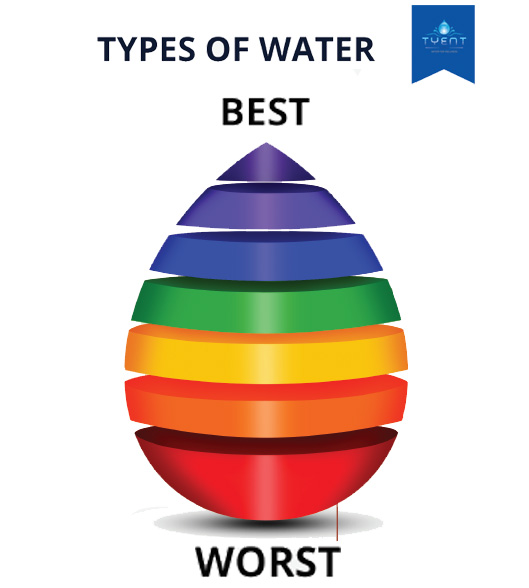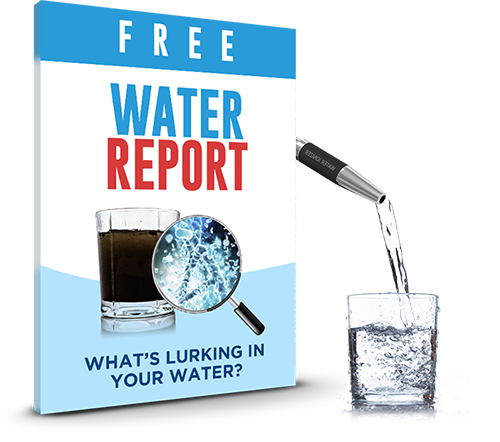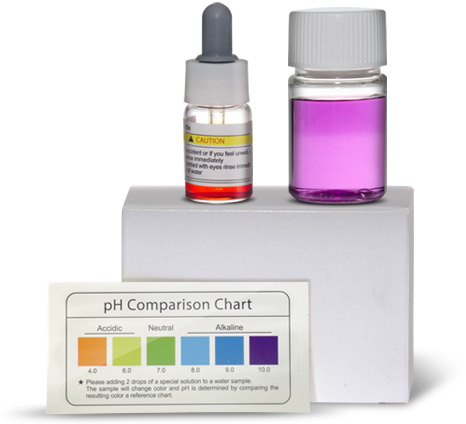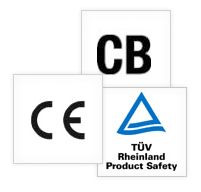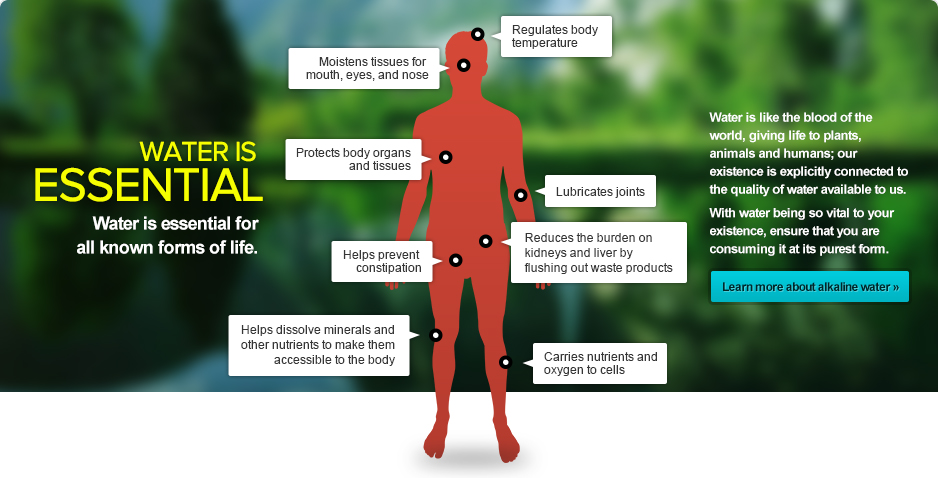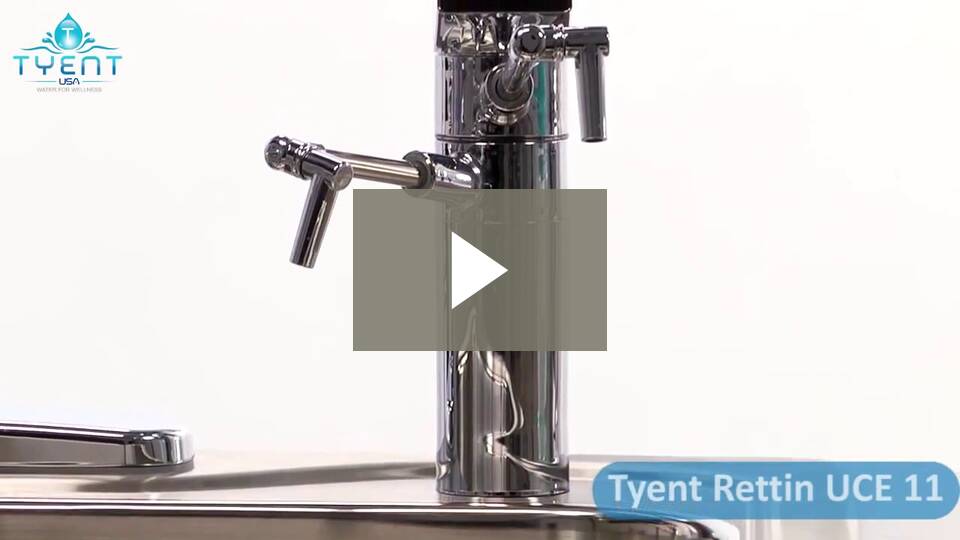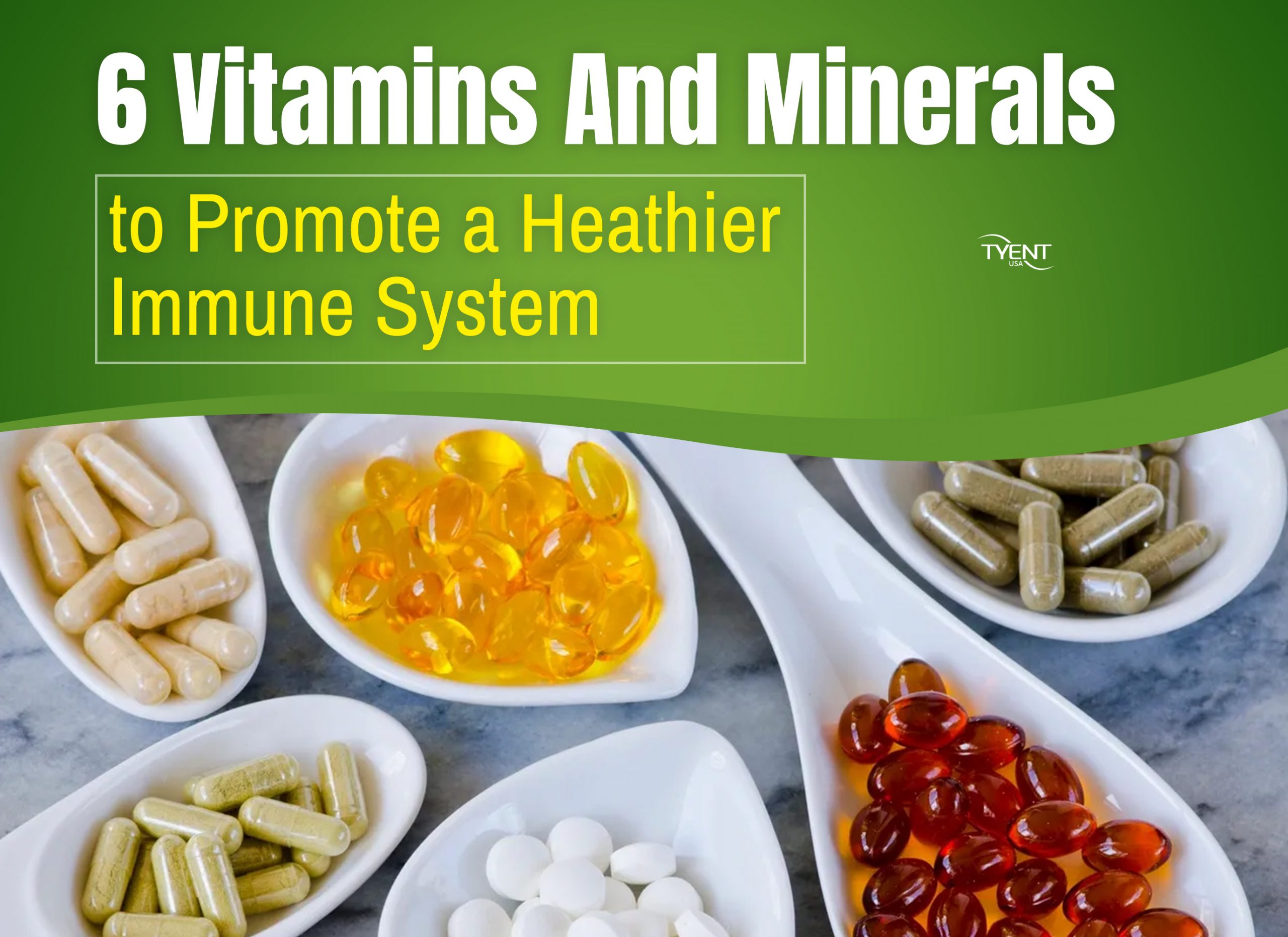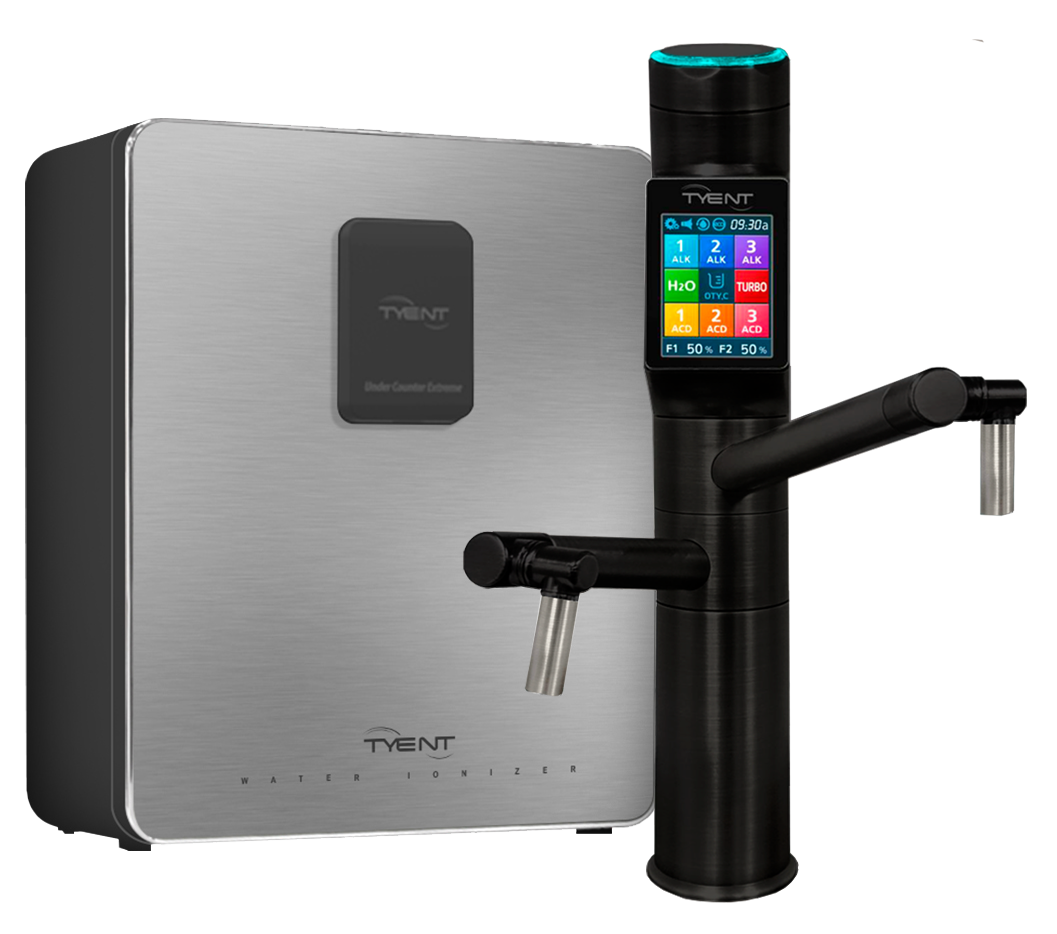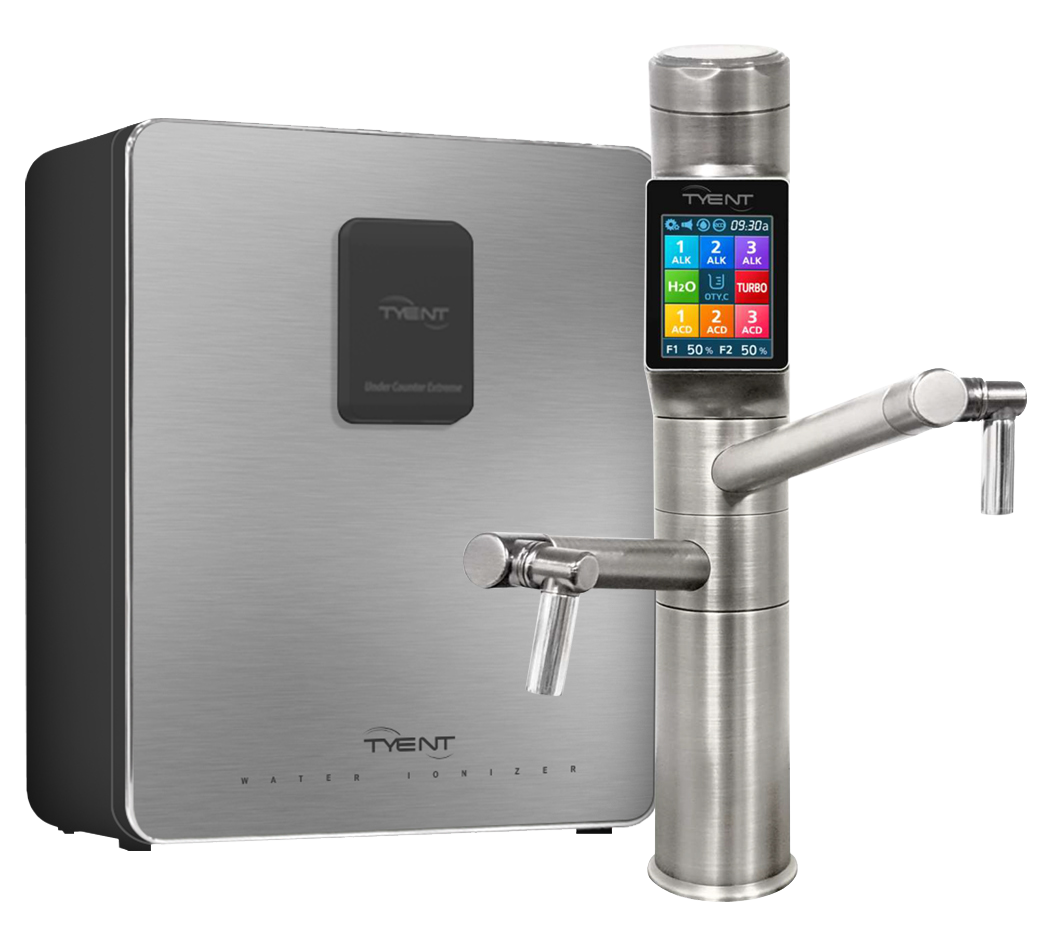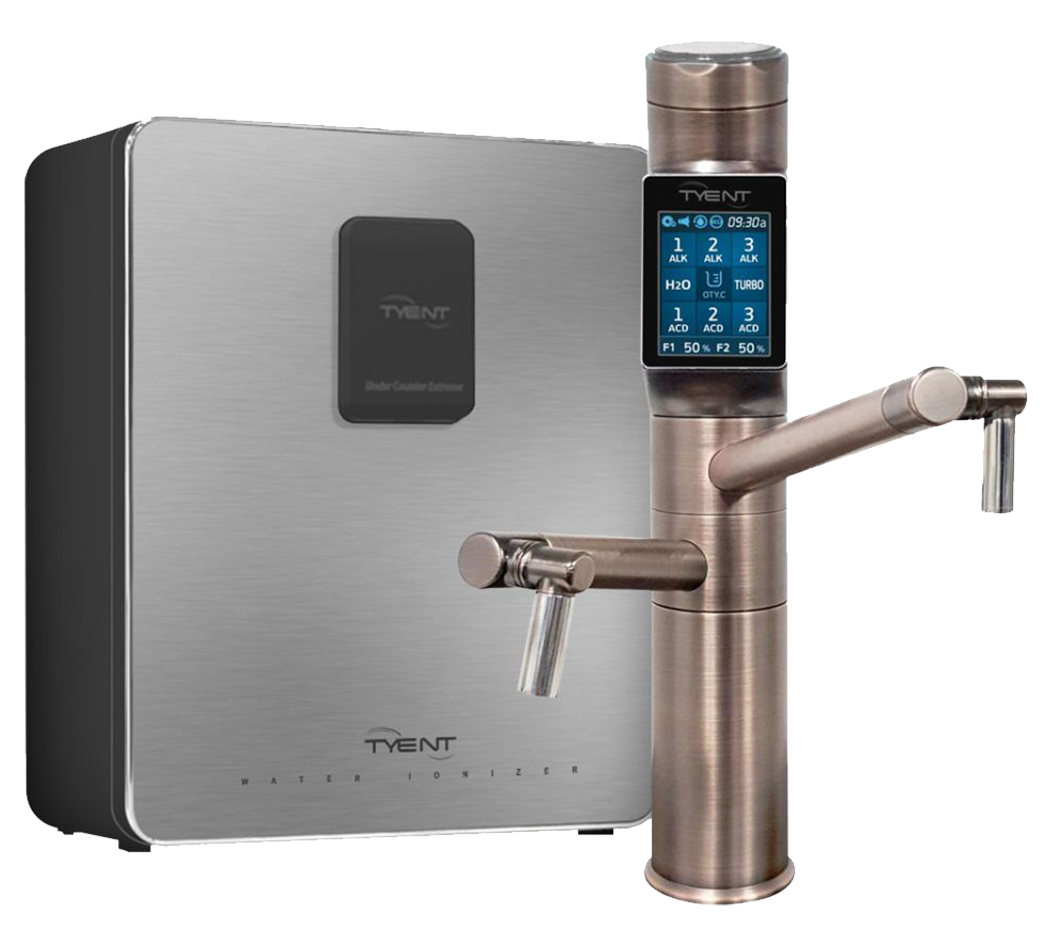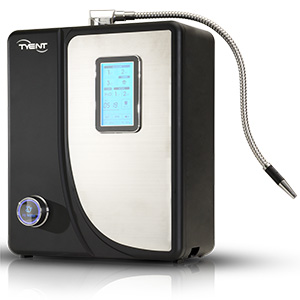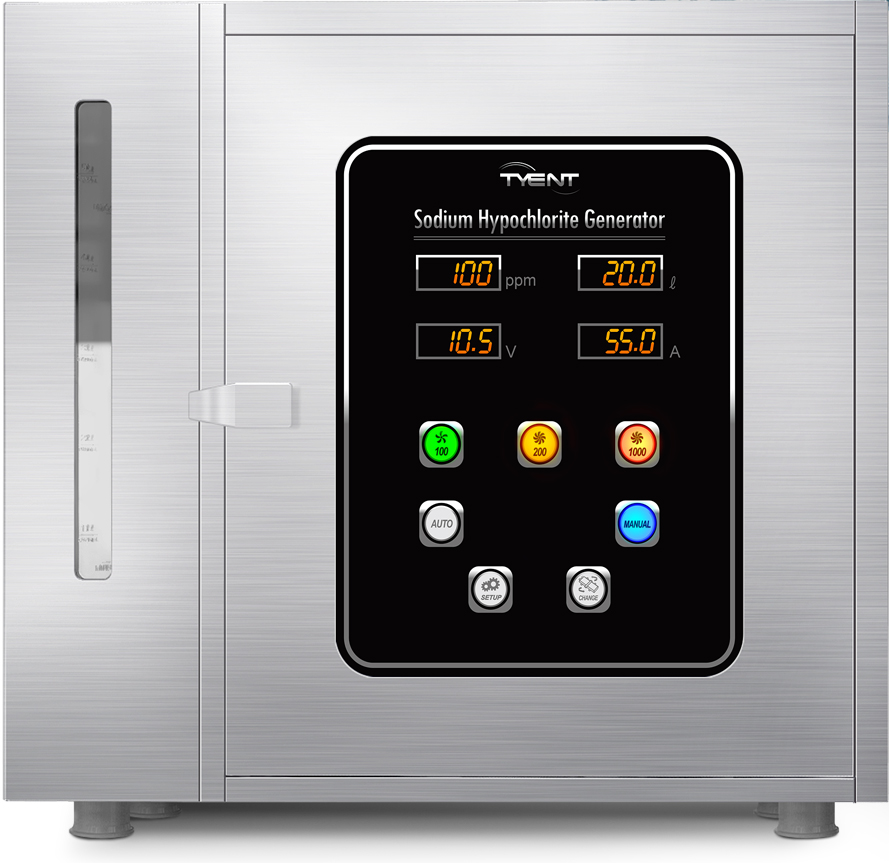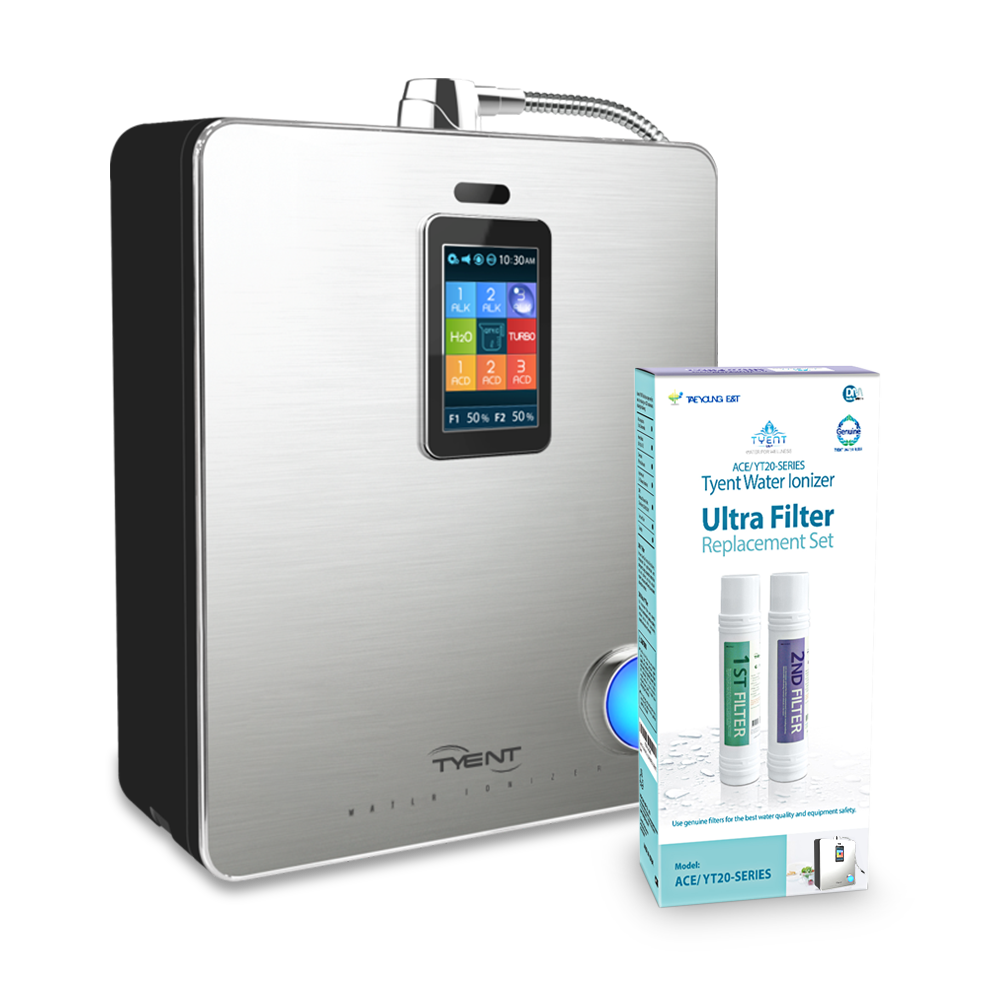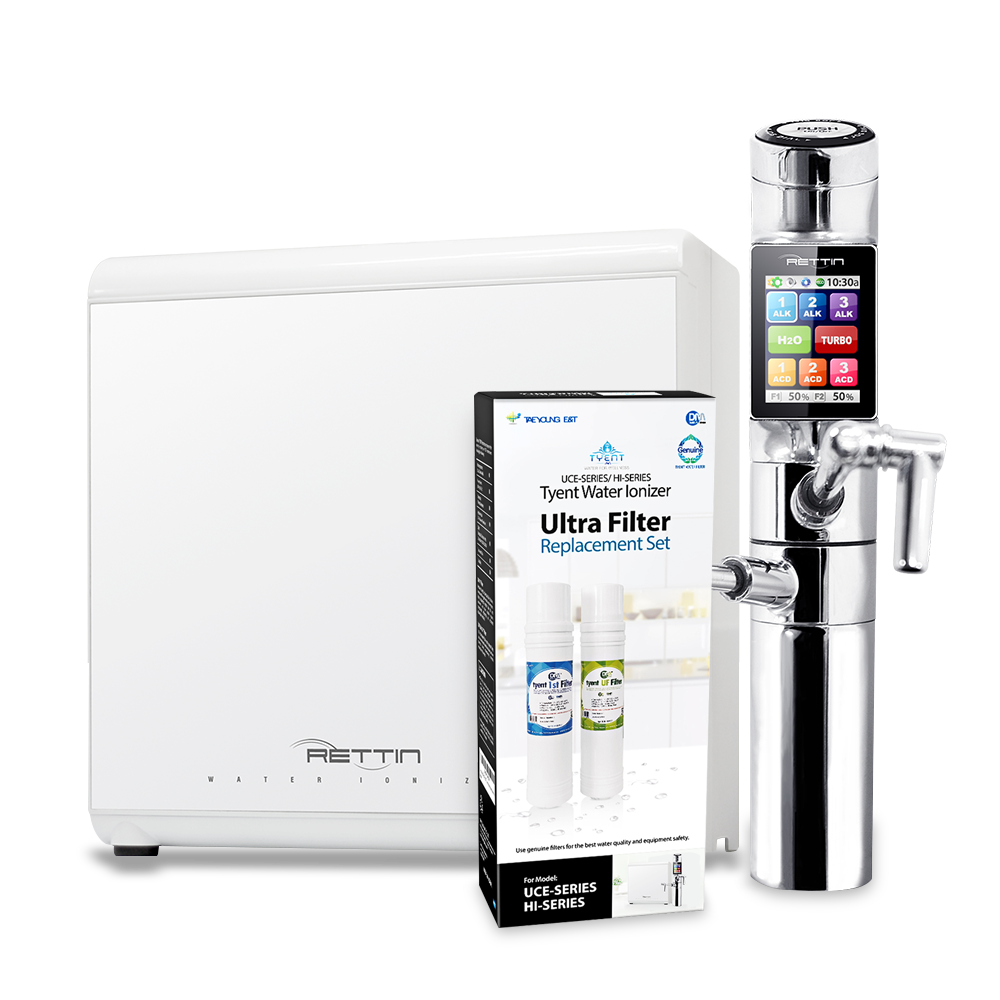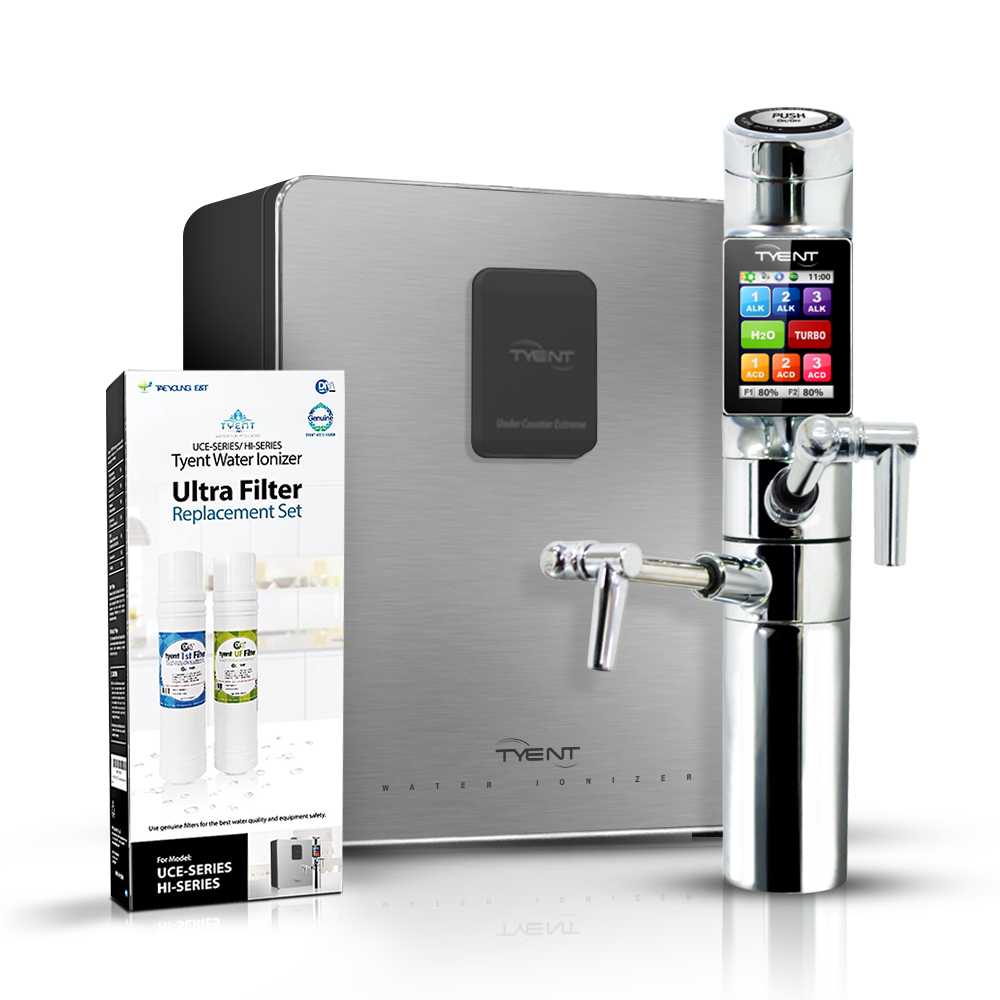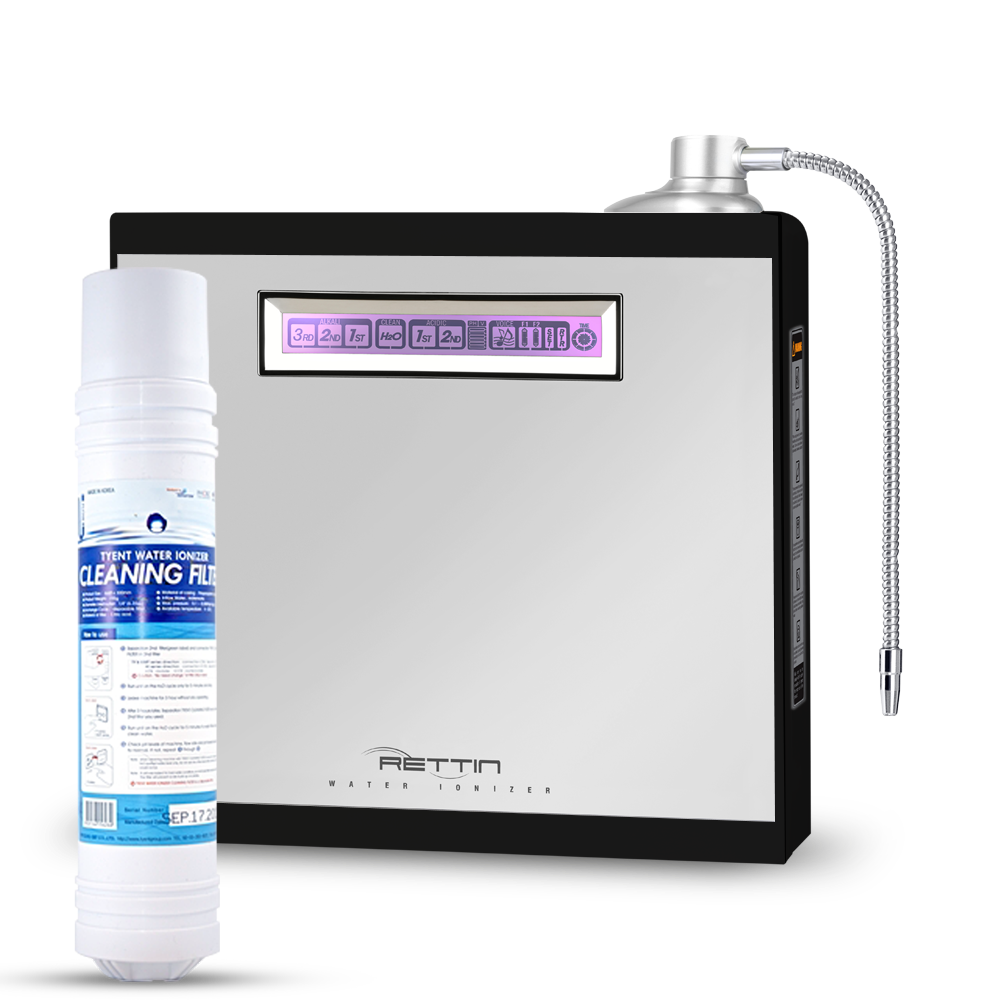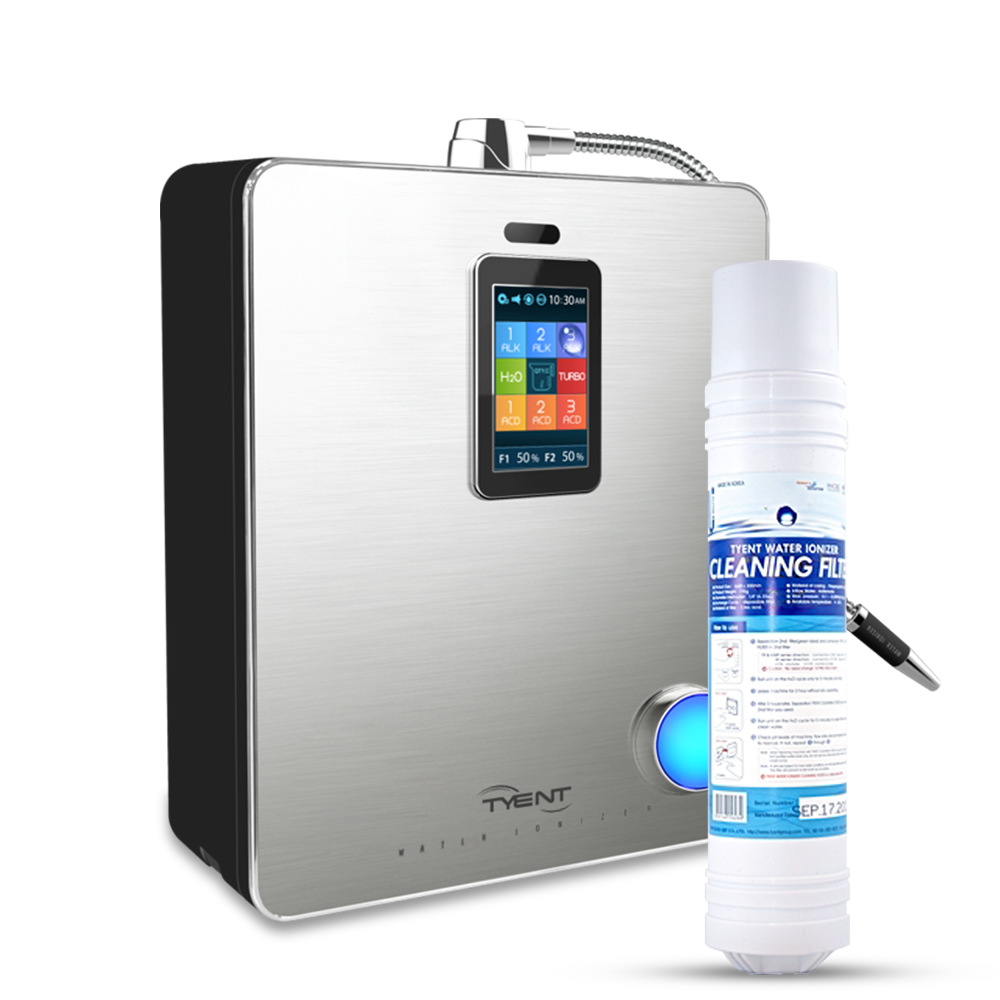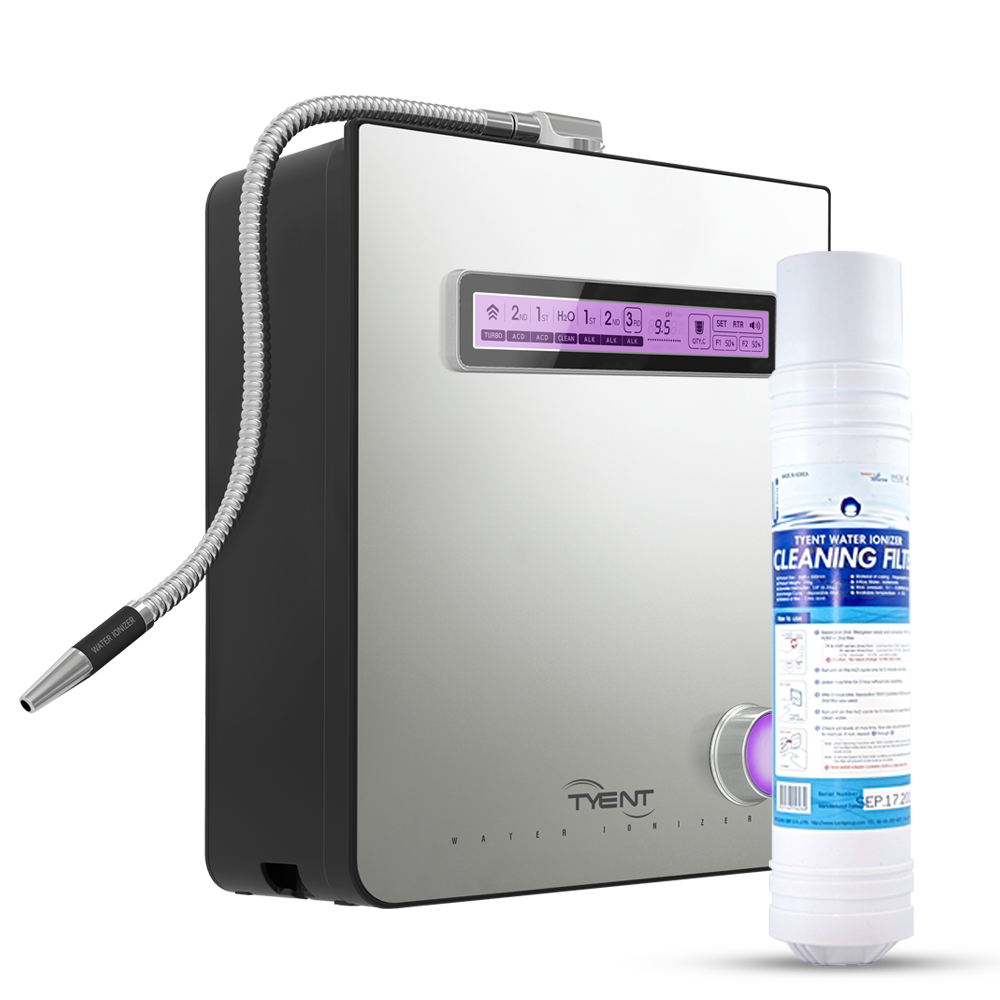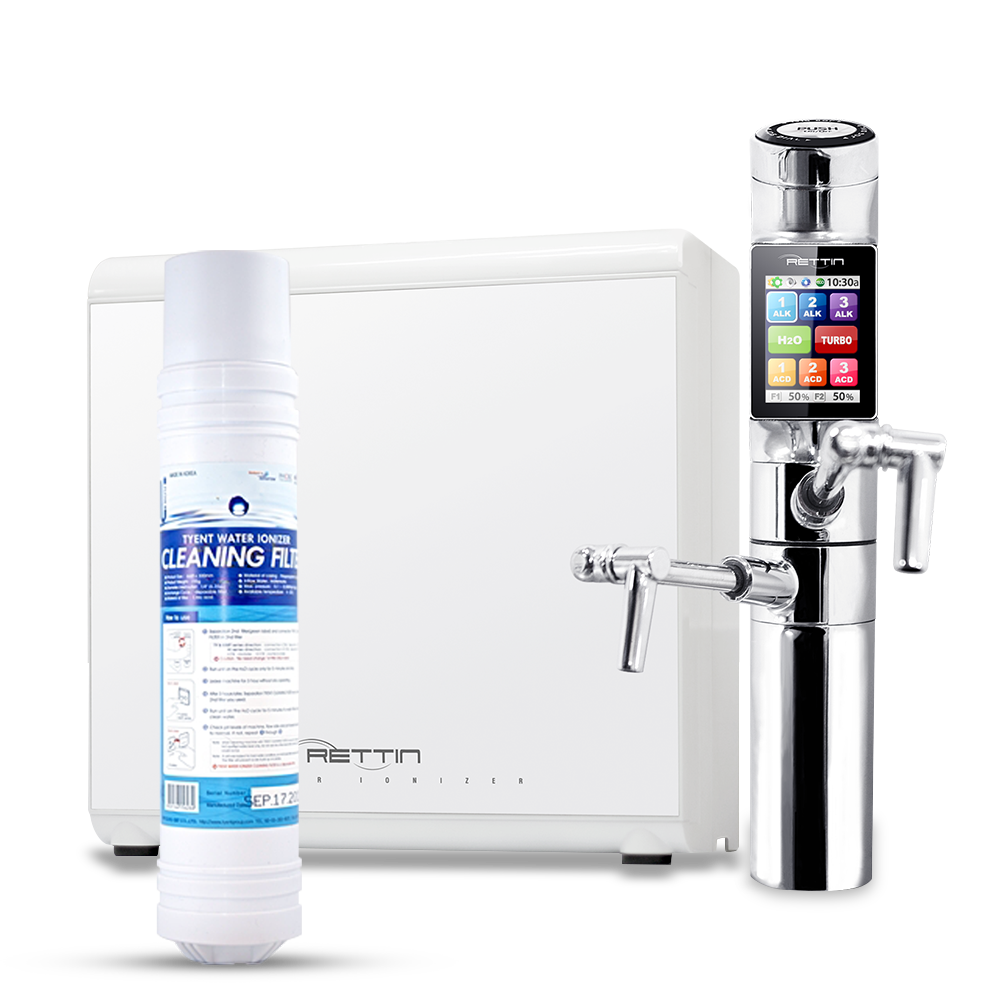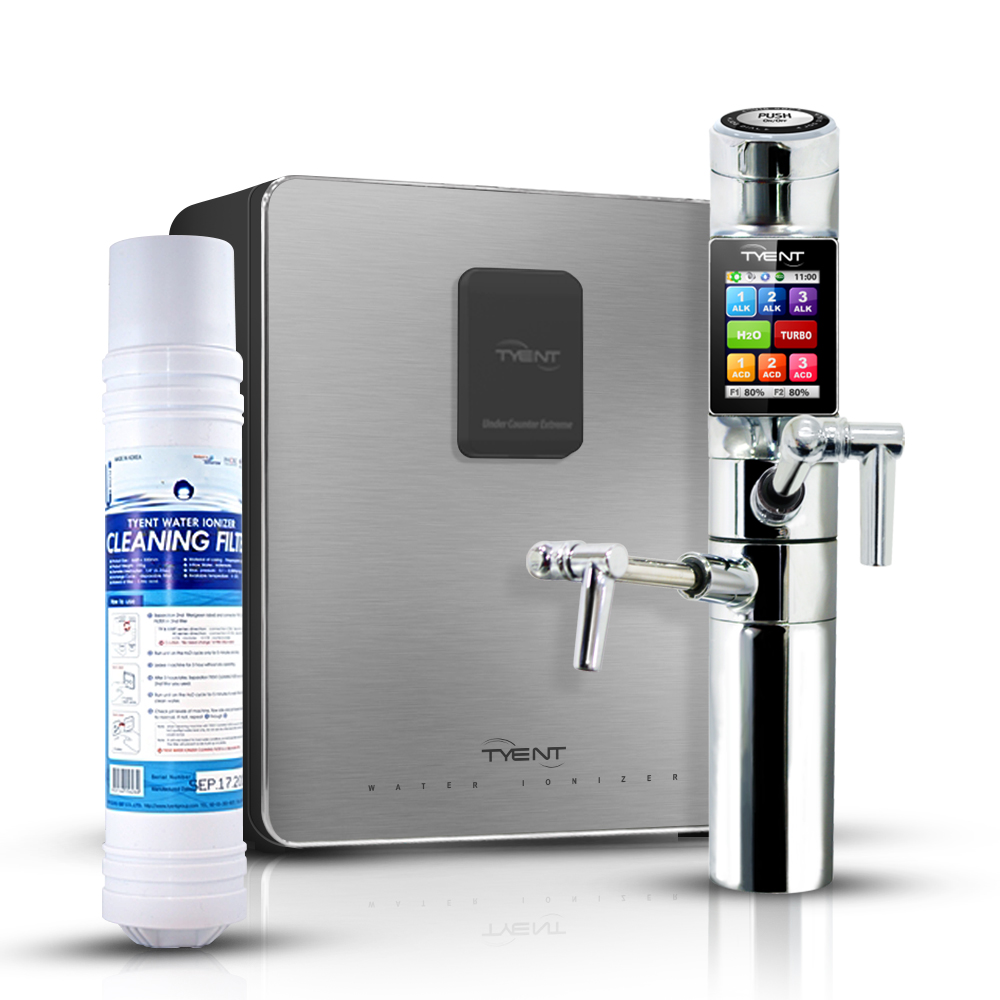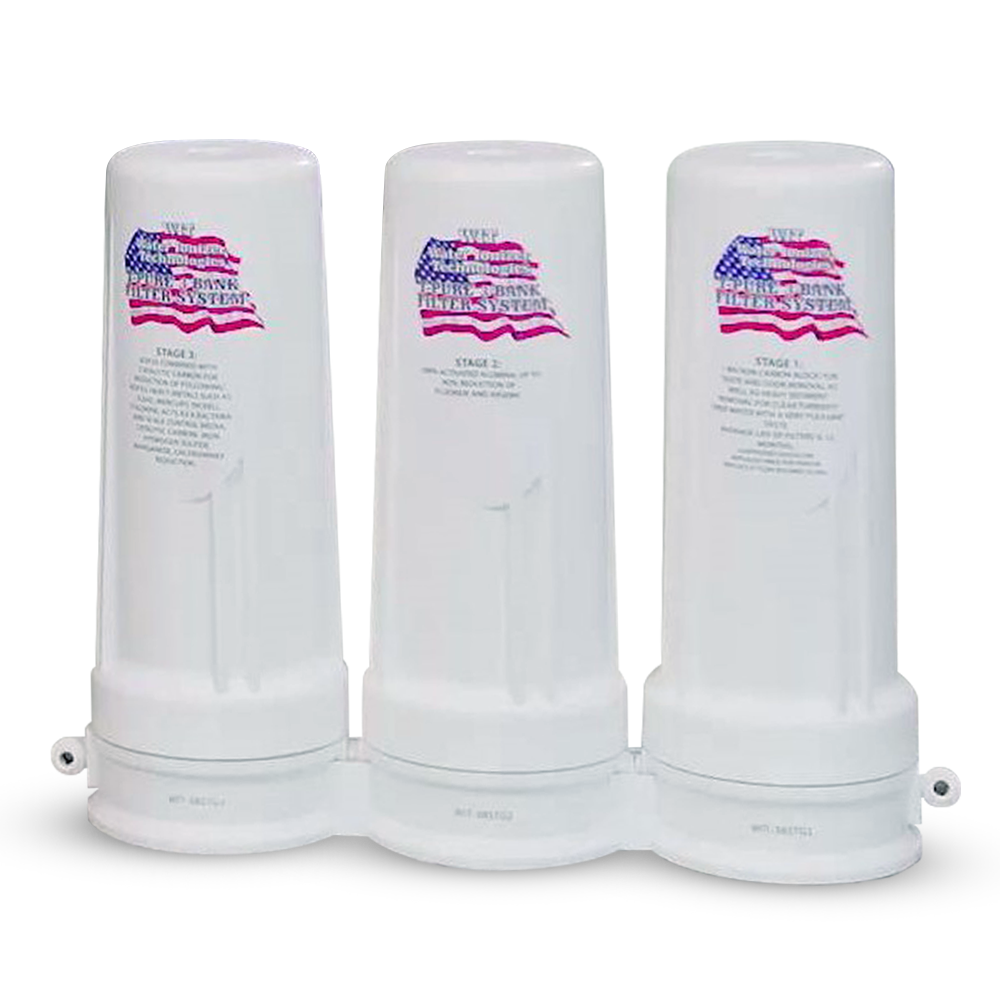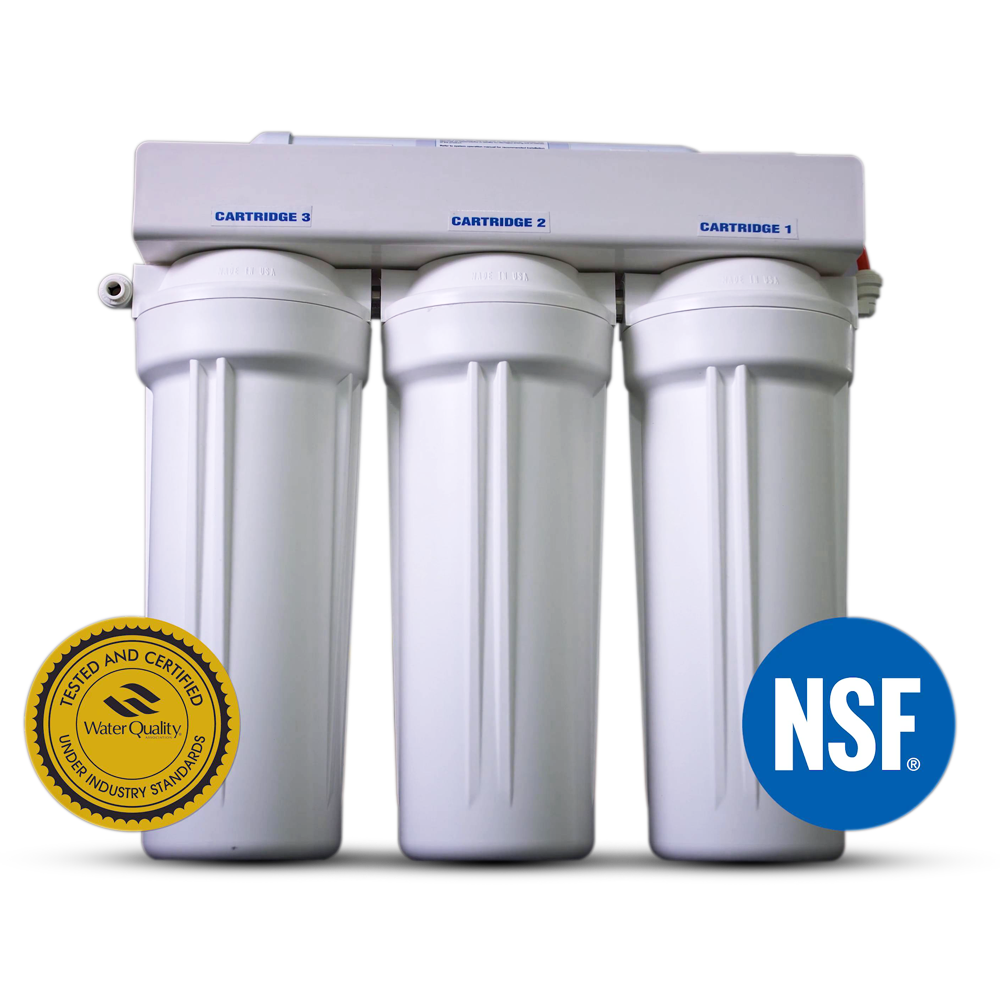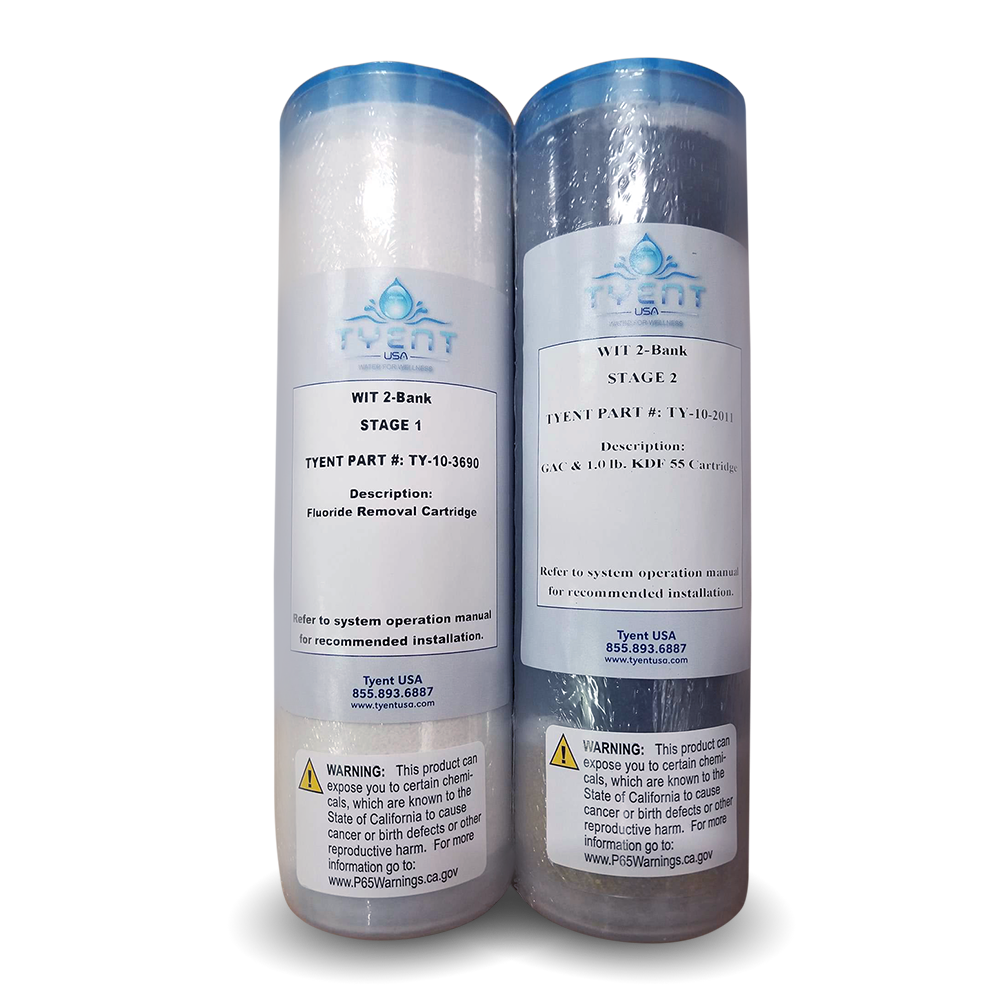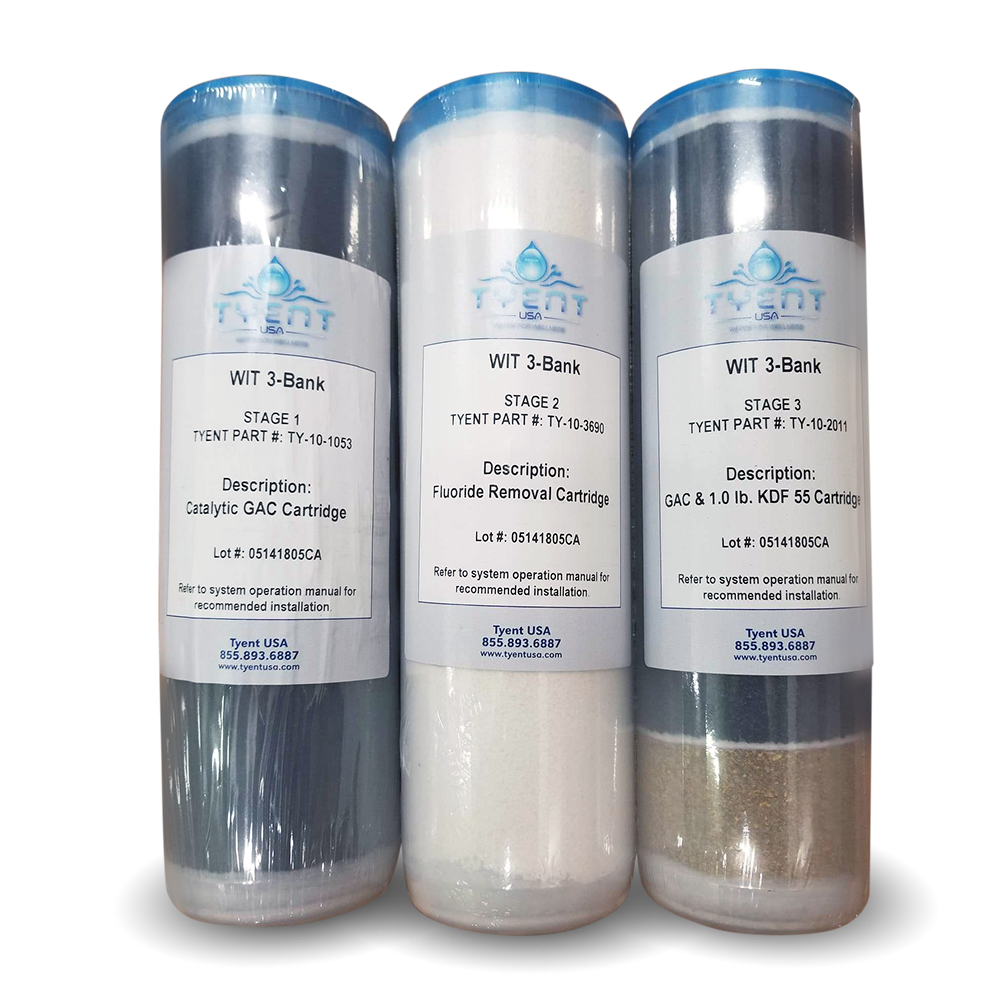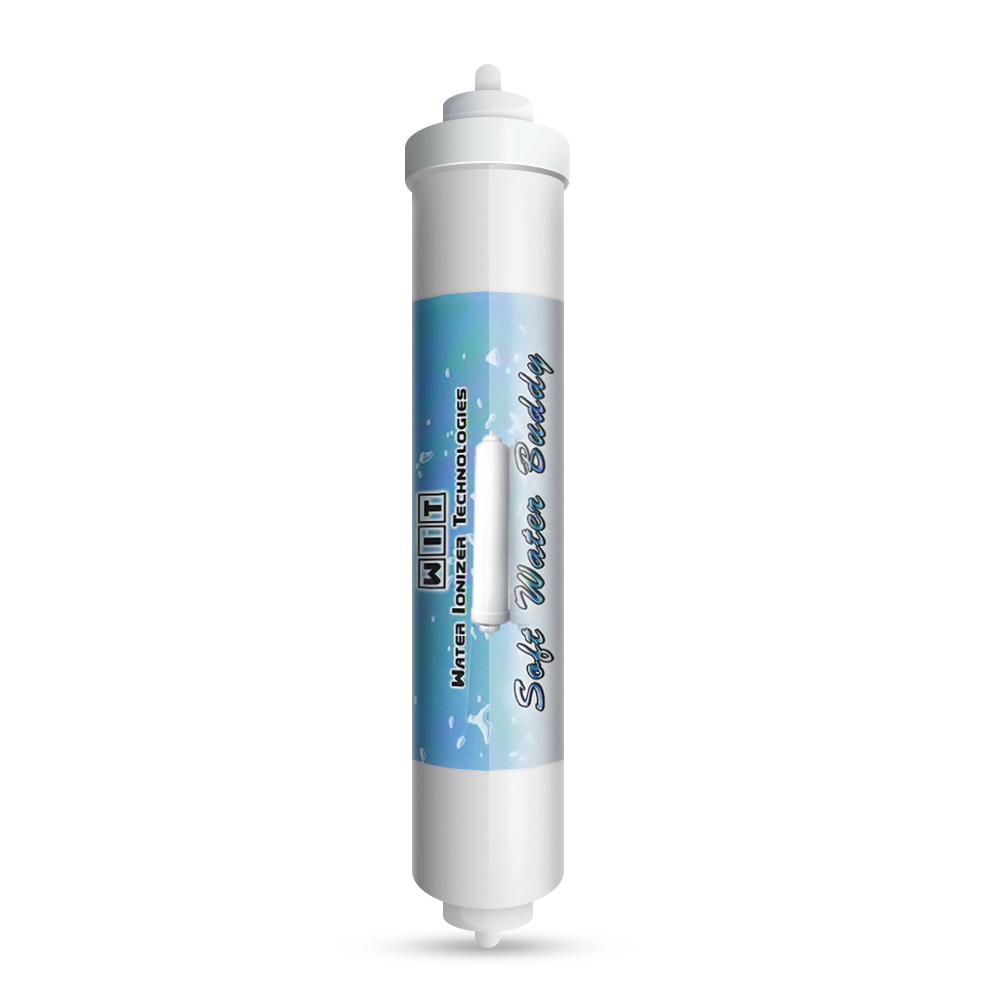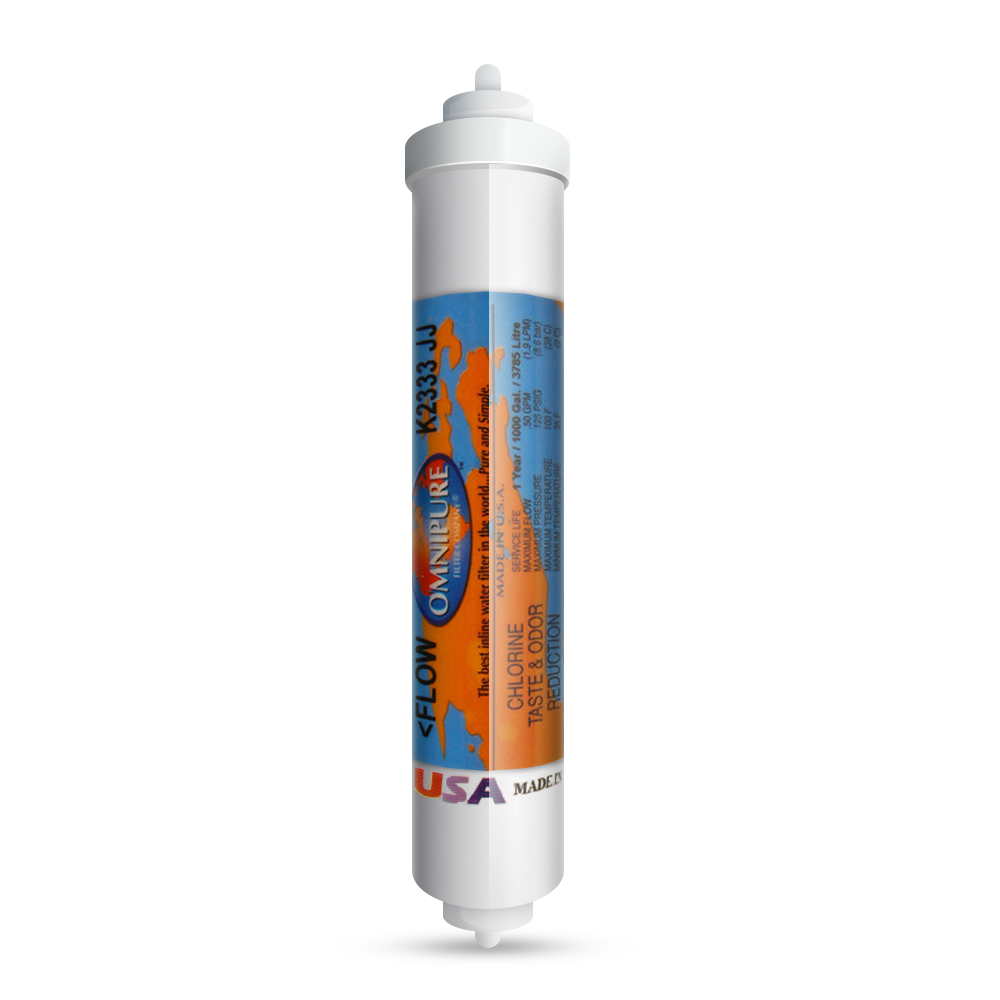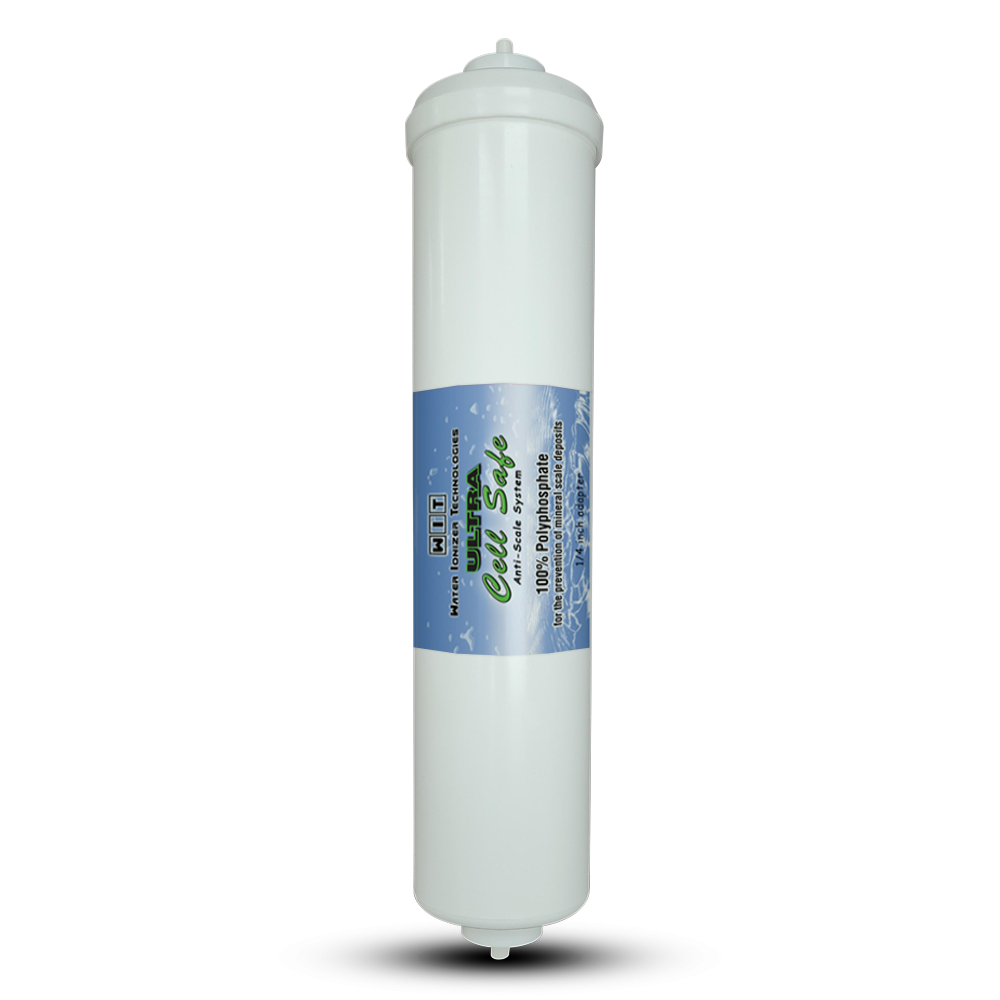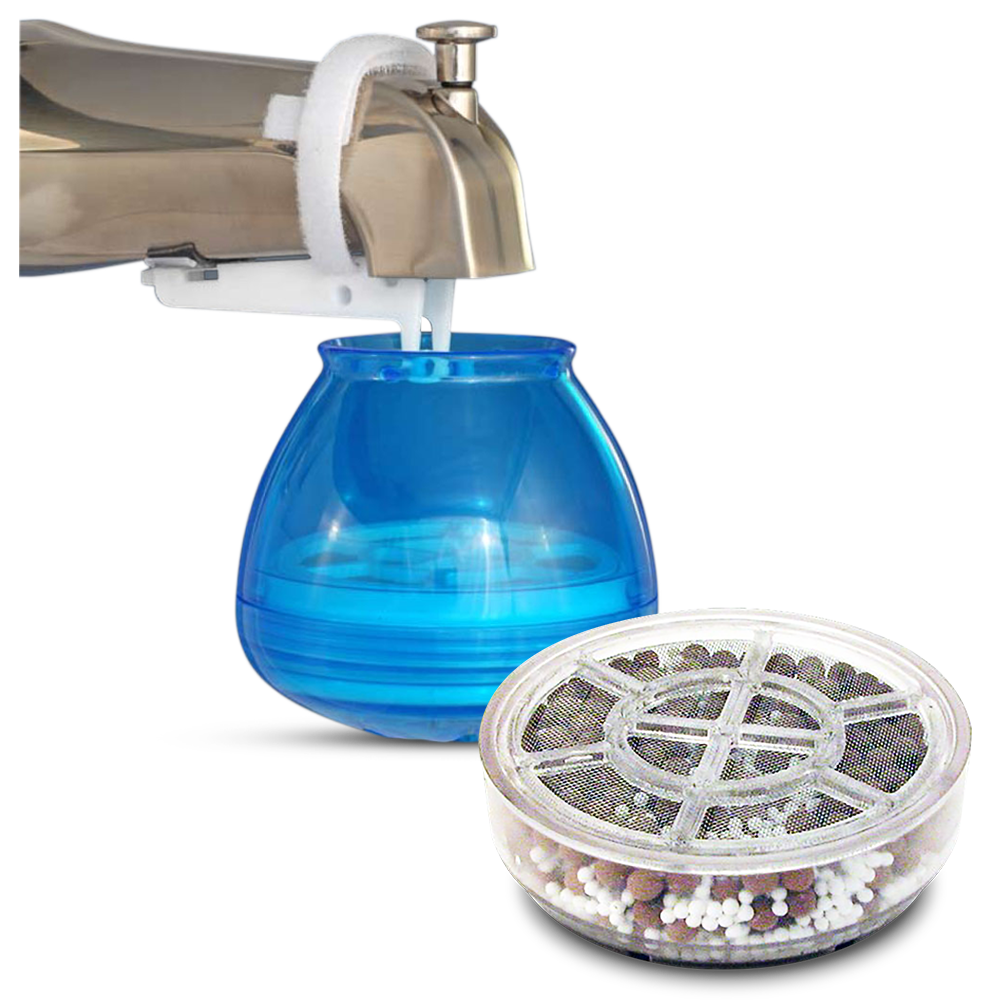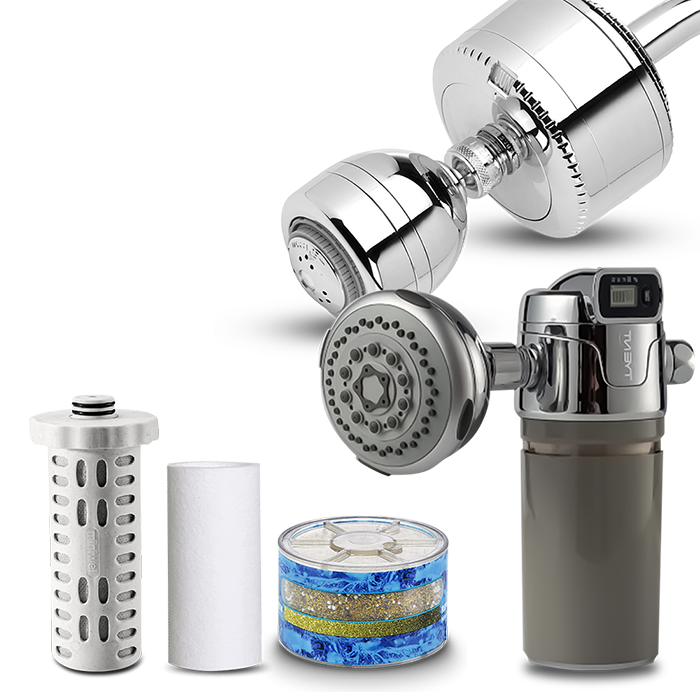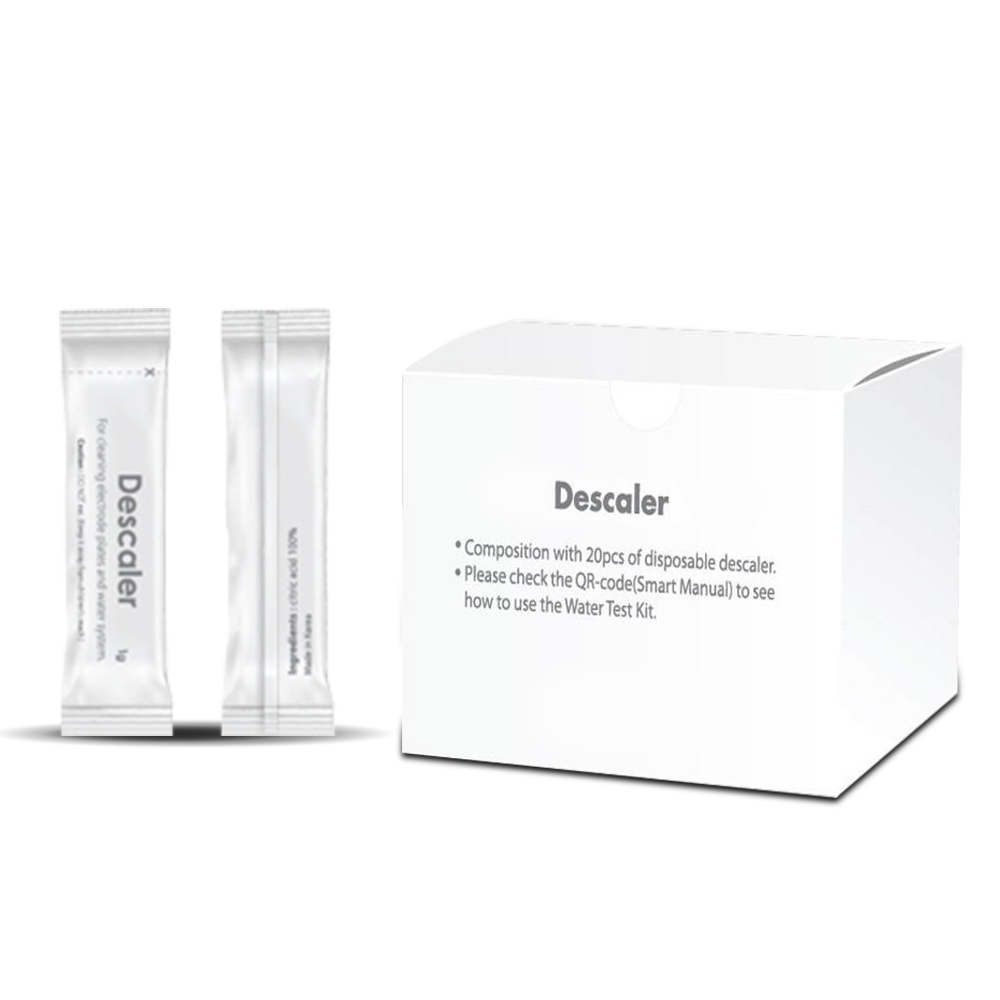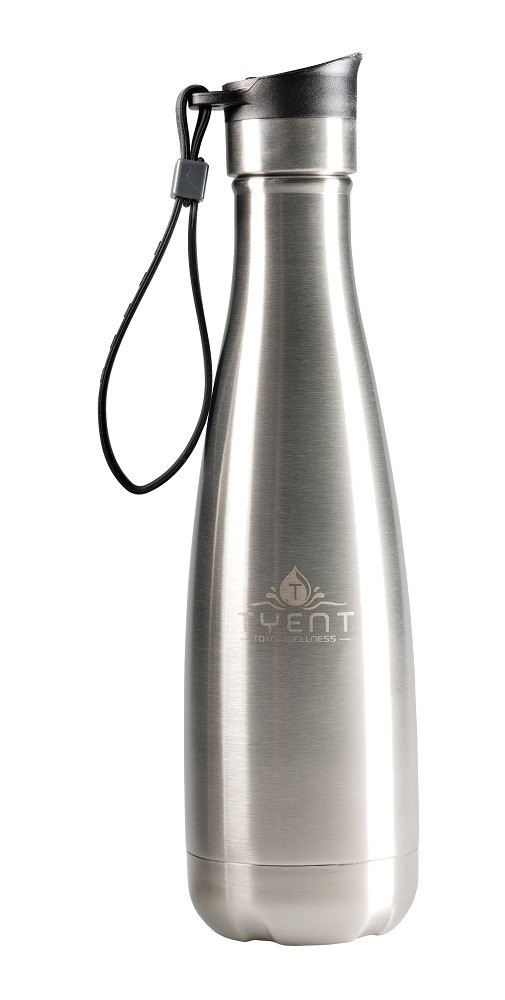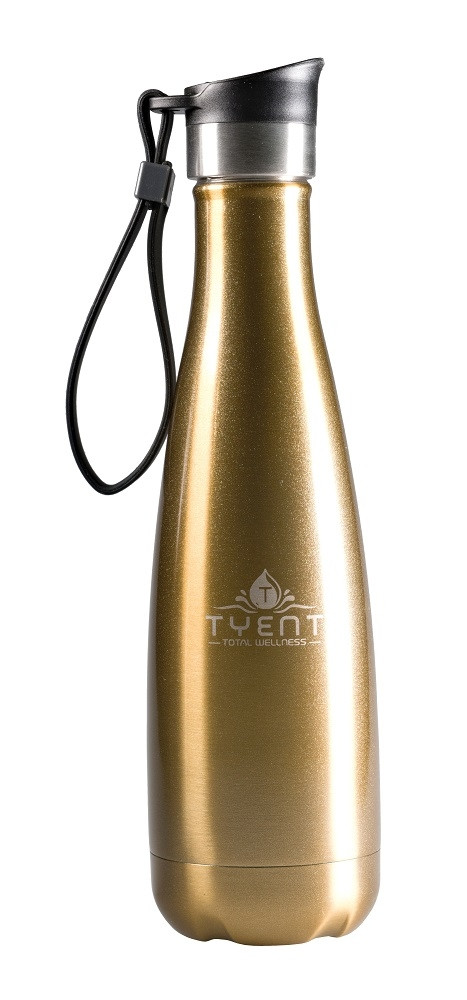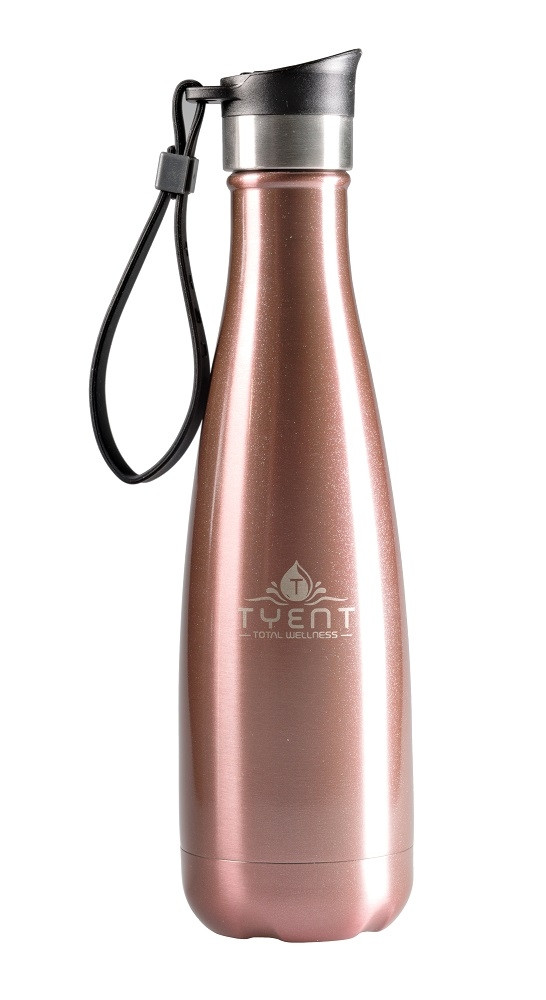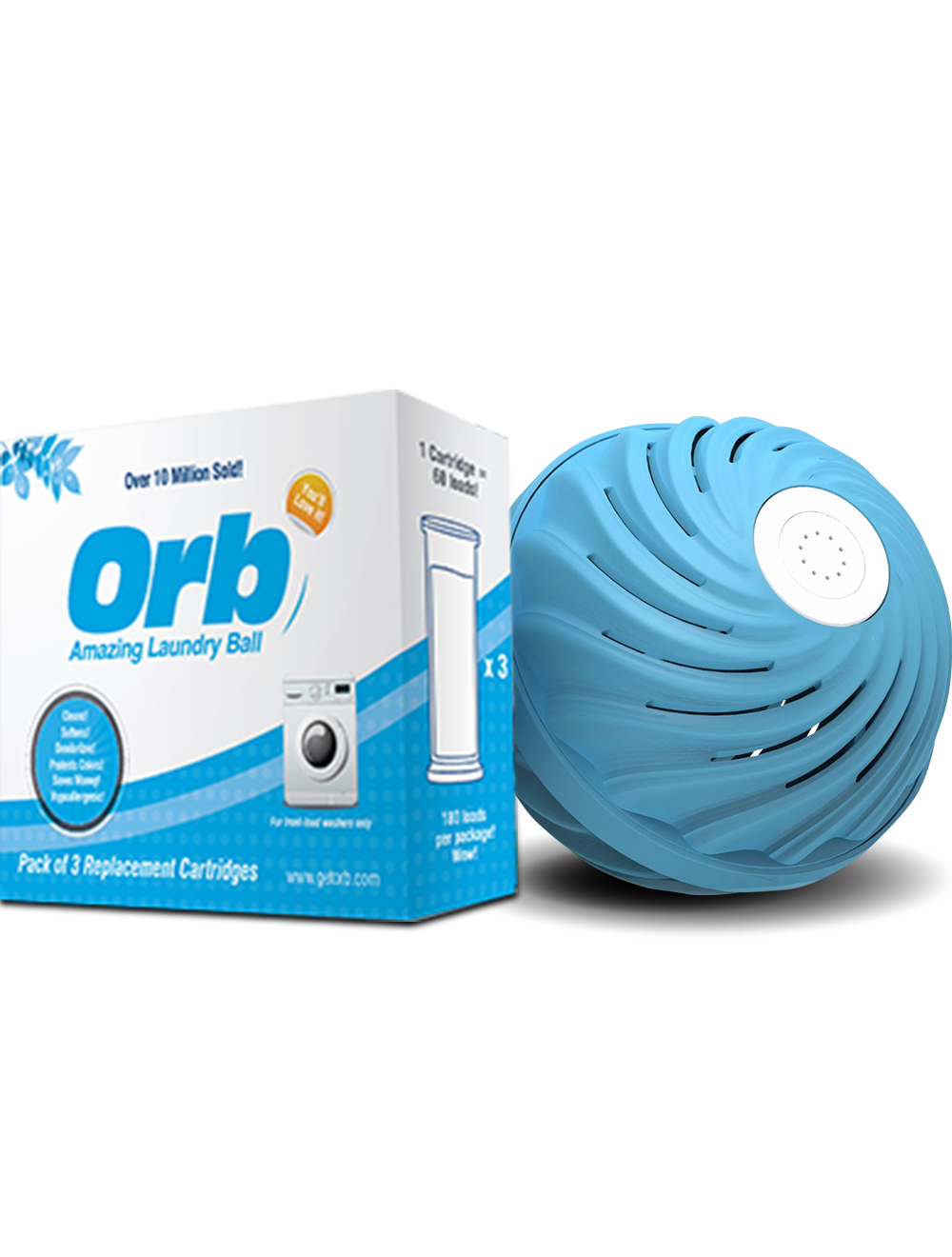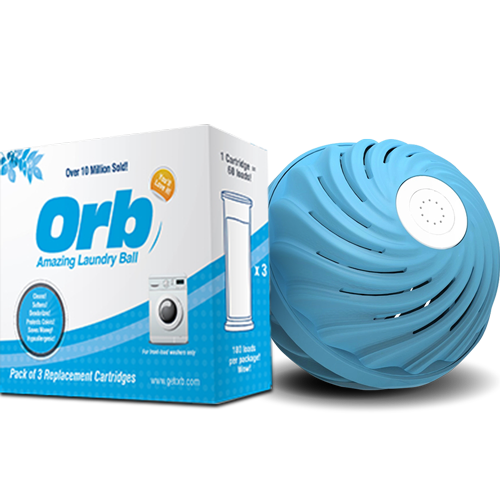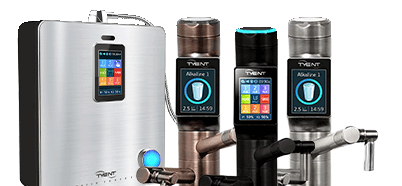- Current Offers
- Products
- Alkaline Water & Molecular Hydrogen
- Tyent Water Ionizers
- Informational Guides
- Learn About Your Water
- The Tyent Difference
- Other Information
- Blog
- Reviews
- Gallery
- Support
- Videos
- Alkaline Water Benefits
- Hydrogen Water
-
Search
- View Cart
- Tyent's Lifetime Guarantee
- About Us
-
Switch Currency:
Shareece Wright

"After drinking Tyent Water, the soreness after practice is not there anymore like it used to be before I was drinking Tyent Water." -Shareece Wright, Baltimore Ravens
Tony Robbins

"Alkalize your body and live a healthier, more energized, and ultimately more fulfilling life." -Anthony Robbins, Author, Peak Performance Coach, and Professional Speaker
Rick Springfield

"I'm a big believer that disease cannot live in an alkaline environment, so our environment is as alkaline as we can make it thanks to the Tyent alkaline water that we drink and cook with." -Rick Springfield, Musician
Roger Daltrey

"I, now take a Tyent water purifier (Ionizer) on the road with me. It's easy to attach to any water source, convenient to transport and needs no chemicals for cleaning." -Roger Daltrey, The Who
Dr. Frank

"We at the Oasis of Hope Hospital have a Tyent USA water ionizer in our dining room for all of our patients so that they can have unlimited filtered, alkaline water." -Dr. Francisco Contreras, MD
Dr. Nancy

"Tyent Water™, along with all of its other benefits, neutralizes free radicals in a very effective manner." -Dr. Nancy McClellan, DC Dipl. Ac.
Sang Whang

"If consumed regularly, alkaline water helps to gradually reduce the accumulated acid wastes." -Sang Whang, Scientist, Engineer and Author of "Reverse Aging"
Dr. Gus

"We used live blood cell analysis to assess the cleansing power of this water. To our amazement the results from the ionized water is within minutes of consumption" -Dr. Gus Spatharakis
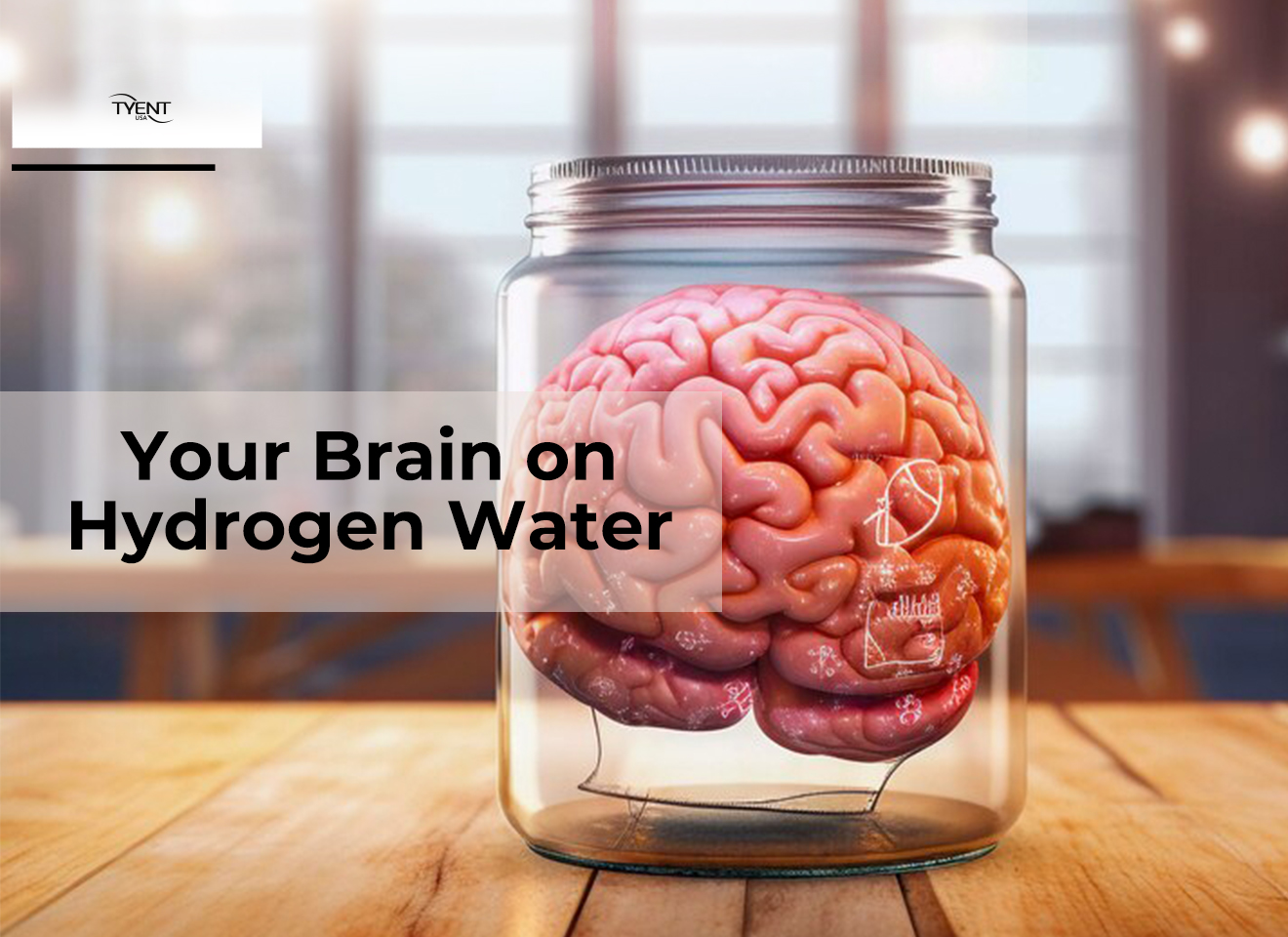
Hydrogen water can do more for your brain than you might think. Read on for a few fascinating facts about your brain, an
![Complete Tyent Water Ionizer Review [2024]](https://www.tyentusa.com/blog/wp-content/uploads/2024/07/Screenshot-2024-07-12-091316-206x300.png)
By now, you’ve probably noticed that enhanced waters are having a moment. The functional water market was valued at $4

Dr. Lori Shemek is back again to share how to Reverse and Protect Against Chronic Inflammation. Dr. Lori is the best-s
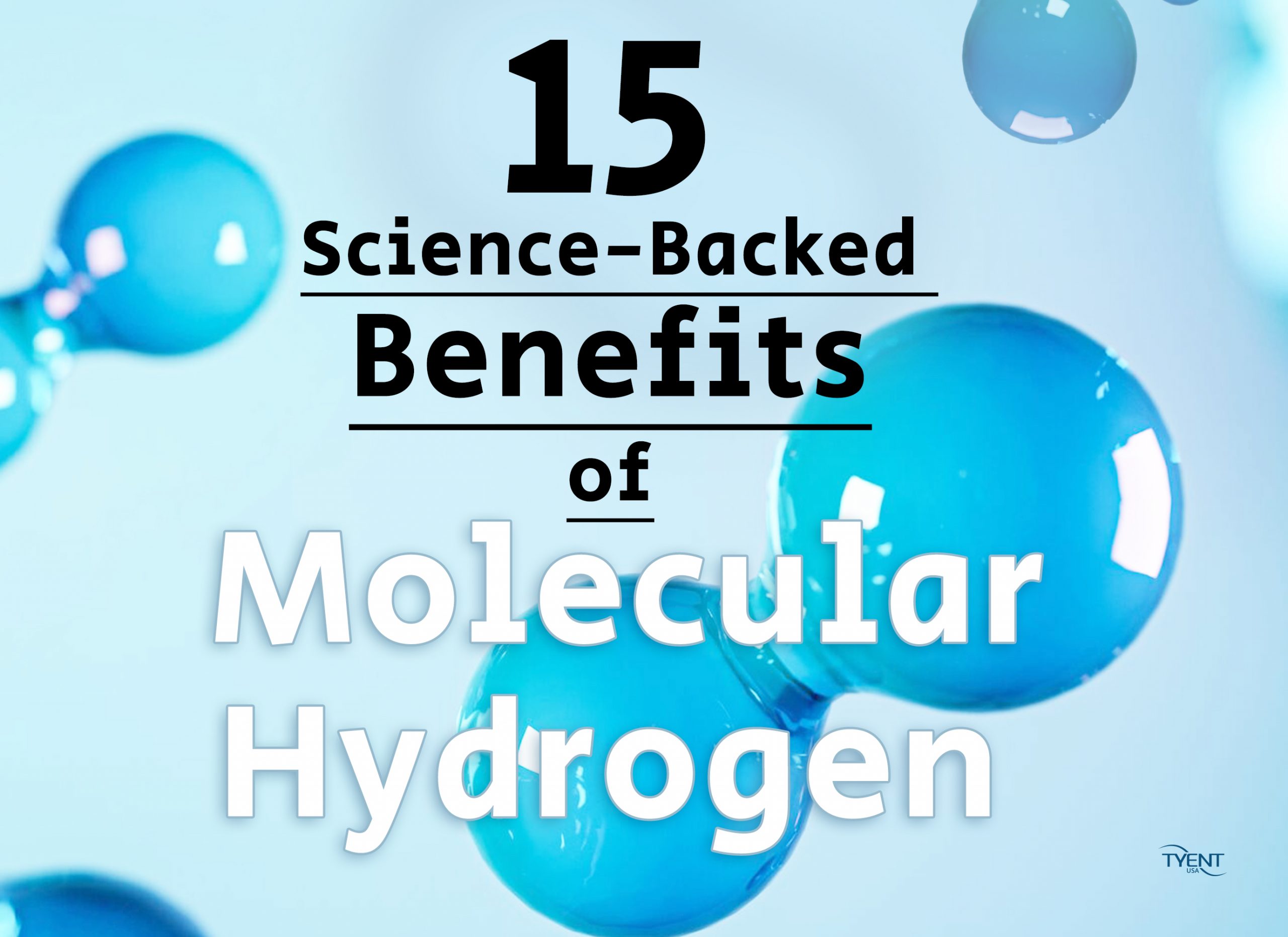
Hydrogen water is astounding doctors around the globe. Read on for the science-backed reasons why! 15 Science-Backed Ben

Hydrogen water can do more for your brain than you might think. Read on for a few fascinating facts about your brain, an

Dr. Lori Shemek is back again to share how to Reverse and Protect Against Chronic Inflammation. Dr. Lori is the best-s

Hydrogen water is astounding doctors around the globe. Read on for the science-backed reasons why! 15 Science-Backed Ben

Hydrogen water can do more for your brain than you might think. Read on for a few fascinating facts about your brain, an

Dr. Lori Shemek is back again to share how to Reverse and Protect Against Chronic Inflammation. Dr. Lori is the best-s

Hydrogen water is astounding doctors around the globe. Read on for the science-backed reasons why! 15 Science-Backed Ben

Hydrogen water can do more for your brain than you might think. Read on for a few fascinating facts about your brain, an

Dr. Lori Shemek is back again to share how to Reverse and Protect Against Chronic Inflammation. Dr. Lori is the best-s
We are here for you.
We have answers right now!
Talk to us... your way!
Live Help
Need Answers?

Want to Call?
Not a phone fanatic?
Need More Info?
Search
- Home
- Alkaline Foods Vs Acidic Foods
Alkaline Foods vs. Acidic Foods
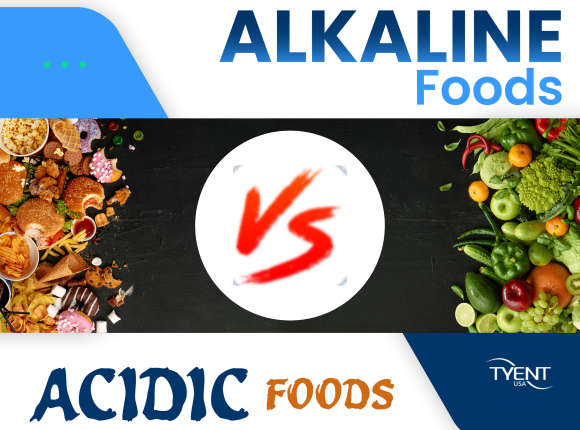
Want to enjoy a naturally energetic lifestyle and improve your wellbeing? Keen to boost your immune system and support the health of your loved ones? Your diet – what you eat and drink on a regular basis - affects your overall wellness. It’s a big influence on how you feel and how you age.
Ionized alkaline water is increasingly the ideal solution for millions of people. Tyent USA is right at the cutting edge of water ionization technology. Our commitment to technical excellence and reliable performance is matched by our customer care. We strive to bring complete satisfaction to all our customers and help them on their unique journey toward better living.
A happier, healthier life depends on how you hydrate and fuel your body. In this article, we review alkaline foods vs. acidic foods, giving you the tools to achieve your nutrition and hydration goals and feel amazing every day!
Alkaline Foods vs. Acidic Foods
Let’s start with a couple of simple questions. What is acidity? What is alkalinity? Both refer to the pH measurement of hydrogen ion concentration in a solution. A high concentration of hydrogen ions will yield a low pH level, and solutions with a low concentration of hydrogen ions have a high pH value.
The pH scale runs from 0 to 14, with 0 the most acidic and 14 the most alkaline. A neutral pH level is usually close to 7.4. An imbalance of your pH levels can result in fatigue, breathlessness and muscle pain, among other symptoms. Excessive levels of acidity can lead to a general feeling of ill health.
Different foods release acidic or alkaline chemicals into your body as they are digested. Acidic foods have a pH level of 4.6 or lower. However, an important point to remember is that a food’s pH value is sometimes at odds with its effect on your body. A good example is lemons. They are very acidic, but after digestion, they have an alkalifying effect on the body.
In other words, there are ‘good’ acidic foods – lemons, limes, plums, grapes and apples are among them – and ‘bad’ acidic foods, such as processed foods, most types of meat, alcohol, sugar and sweeteners.
Not all acidic foods are bad for you. Oats, lentils, spelt, wheat and barley are acidic foods, but deliver high levels of dietary fiber, for example.
Common alkaline foods include soy, fresh vegetables, beans, whole grains, herbal teas, and healthy fats. These alkaline foods are frequently higher in fiber and antioxidants than their acidic counterparts.
When an acidic internal environment is allowed to thrive, cell damage can occur. Acidosis-related cellular deterioration can be a factor in increasing the risk of developing serious health issues, including heart disease and cancer.
By eating alkaline foods and cutting back on acidic ones, you can help to support the right balance of pH in your body. In turn, this can help to reduce the risk of developing acid-related chronic disease or deficiencies.
One of the smartest decisions you can make for your health is to eat wisely and mindfully. Good nutrition and hydration underpin almost every aspect of good health and a robust immune system.

